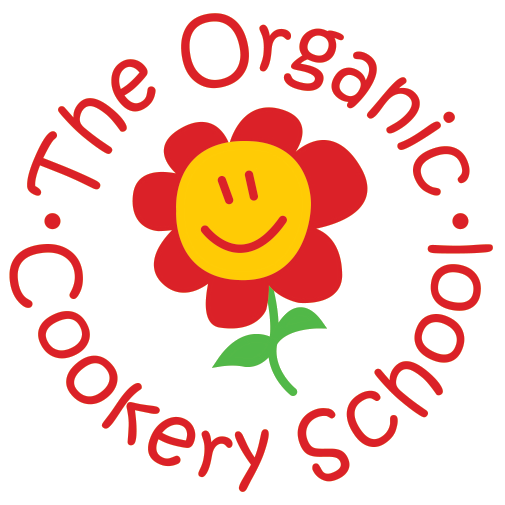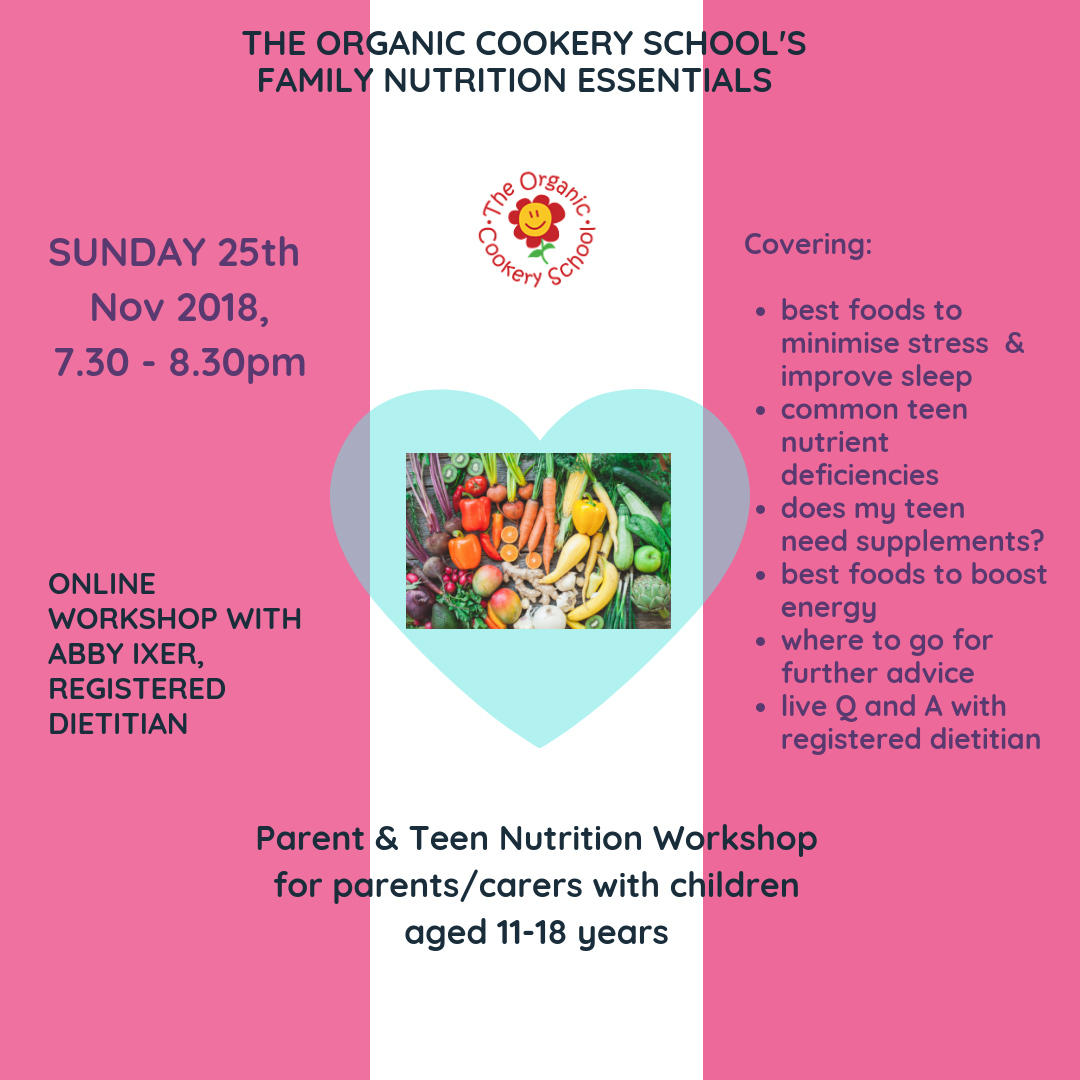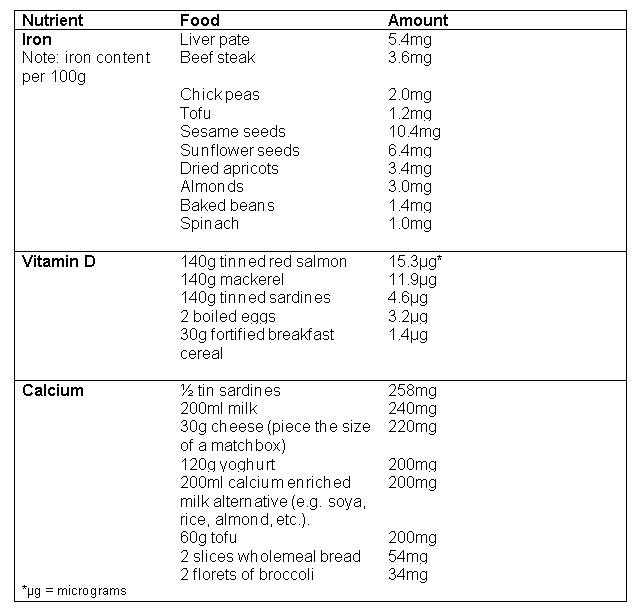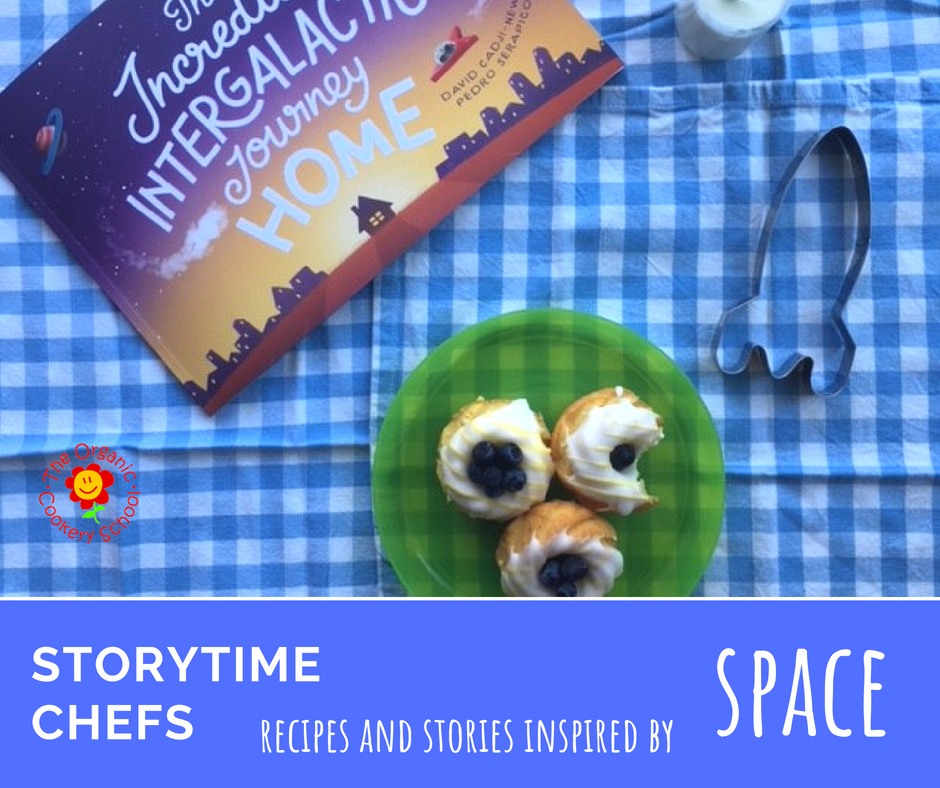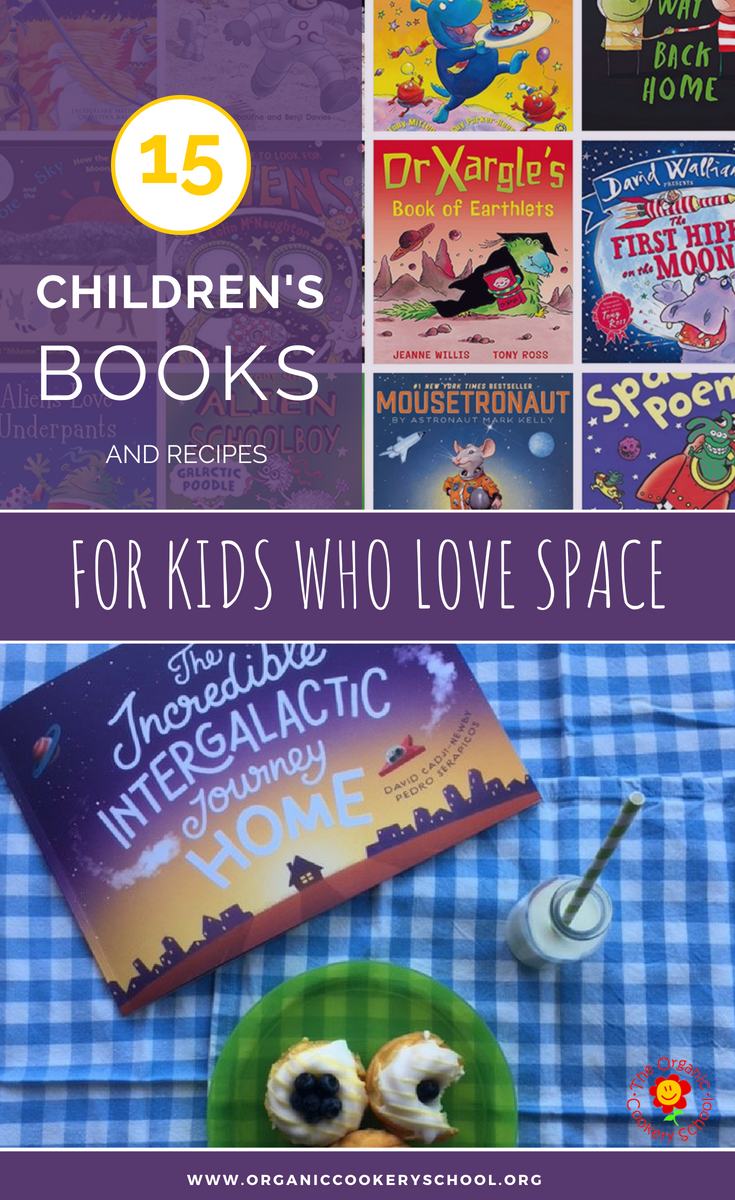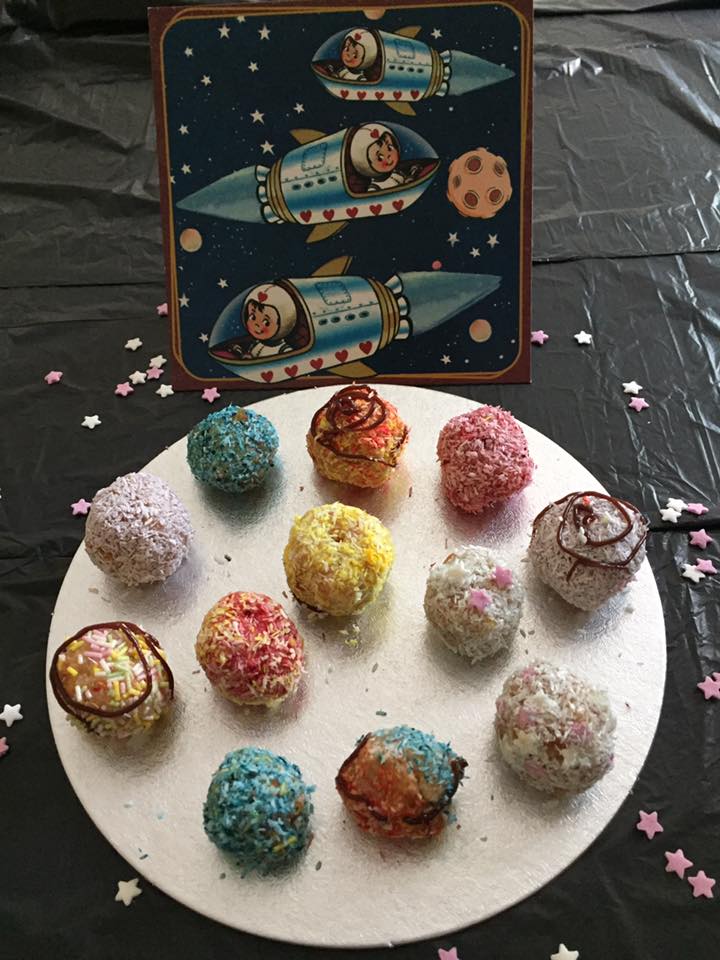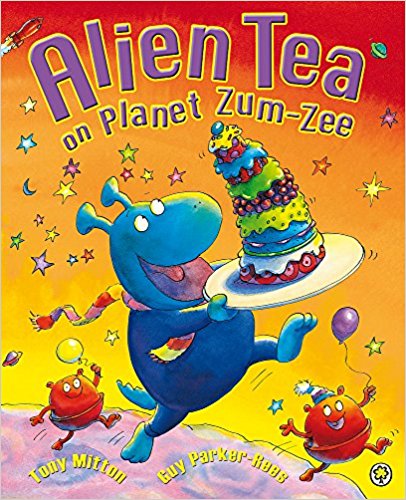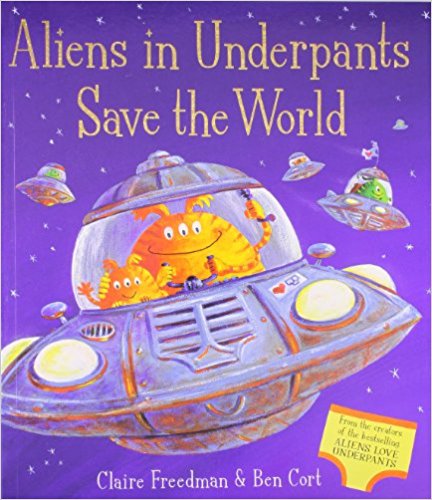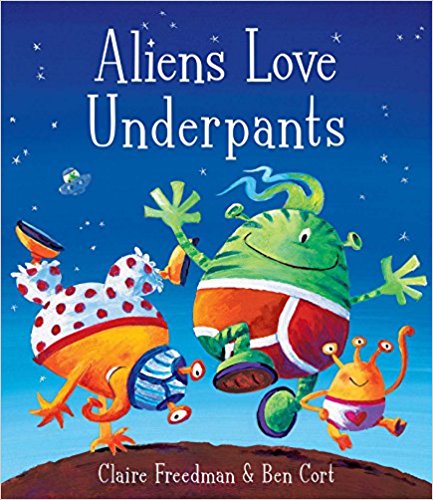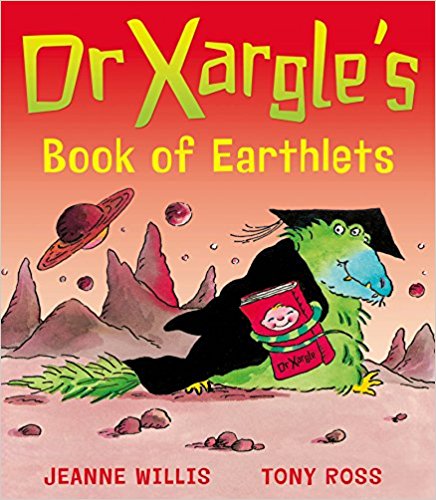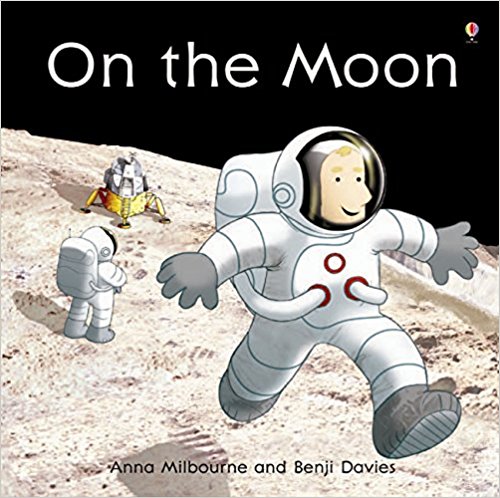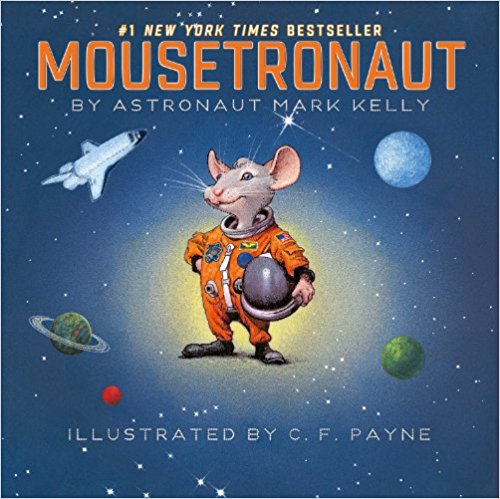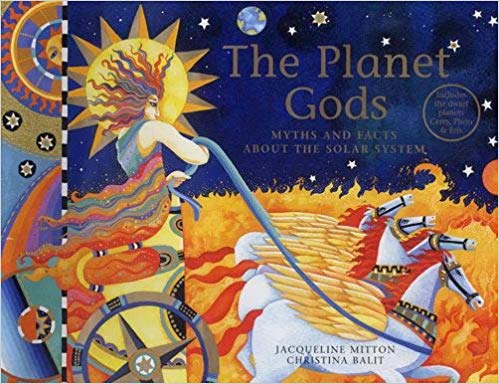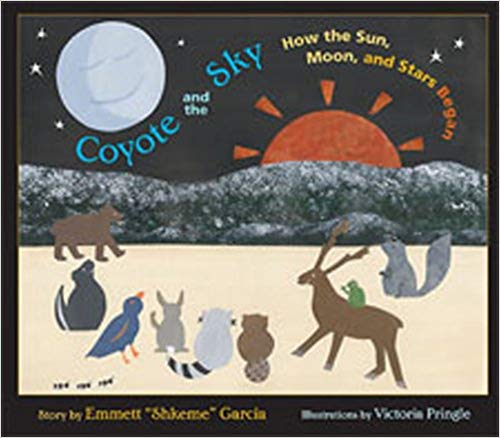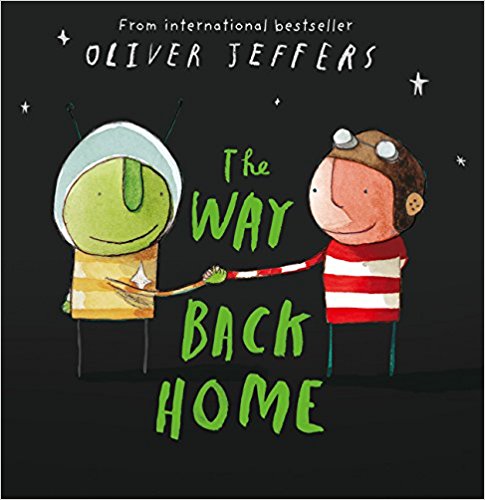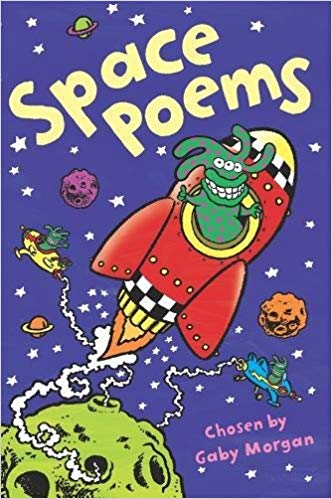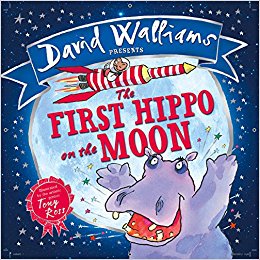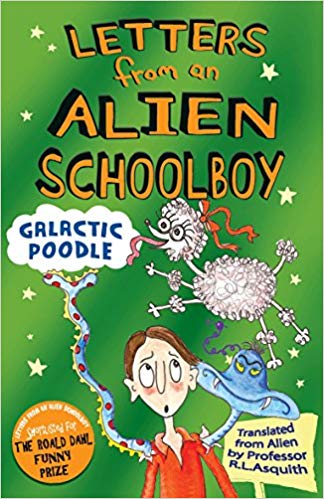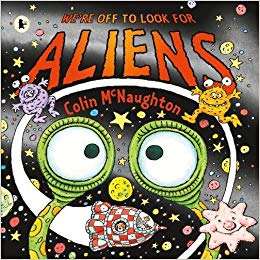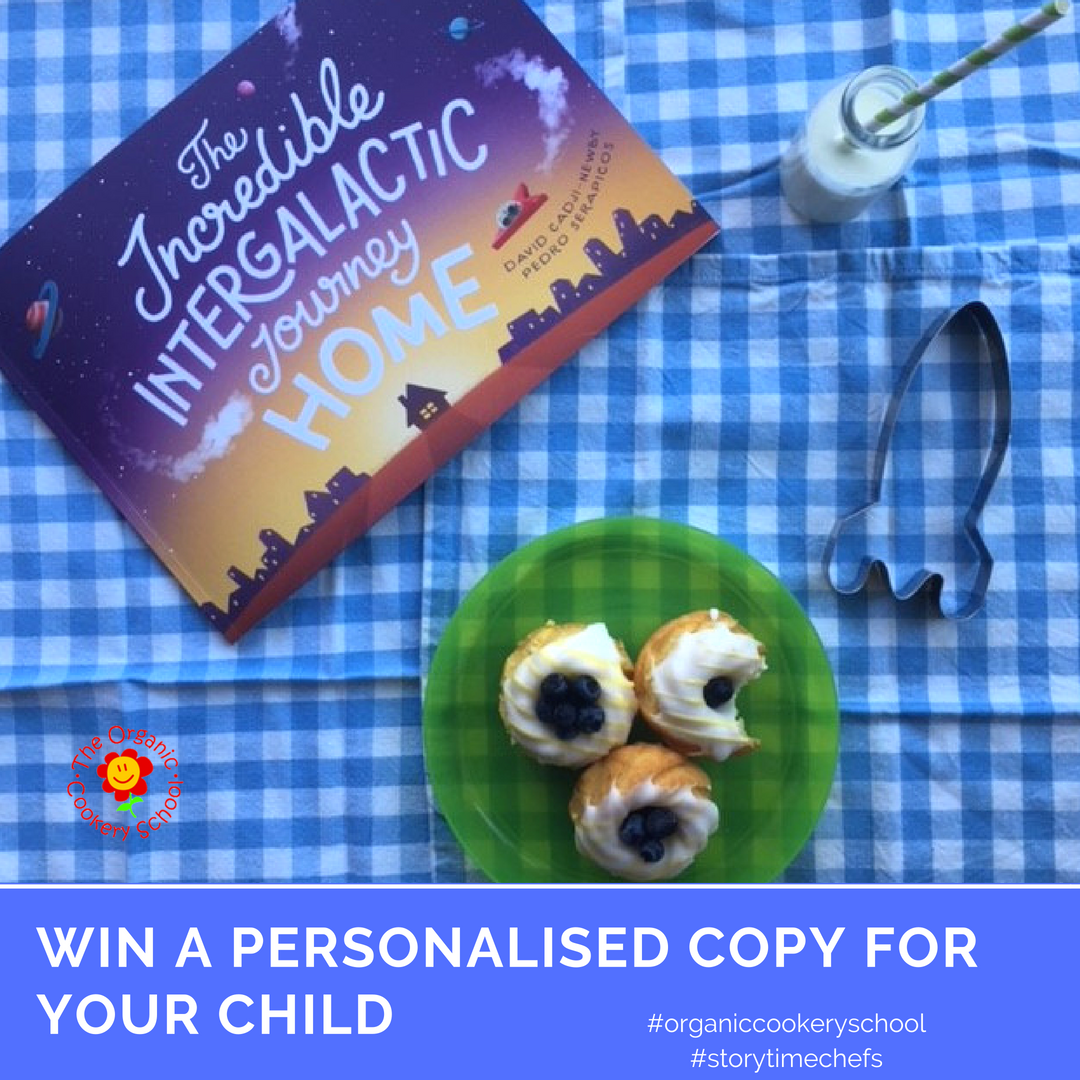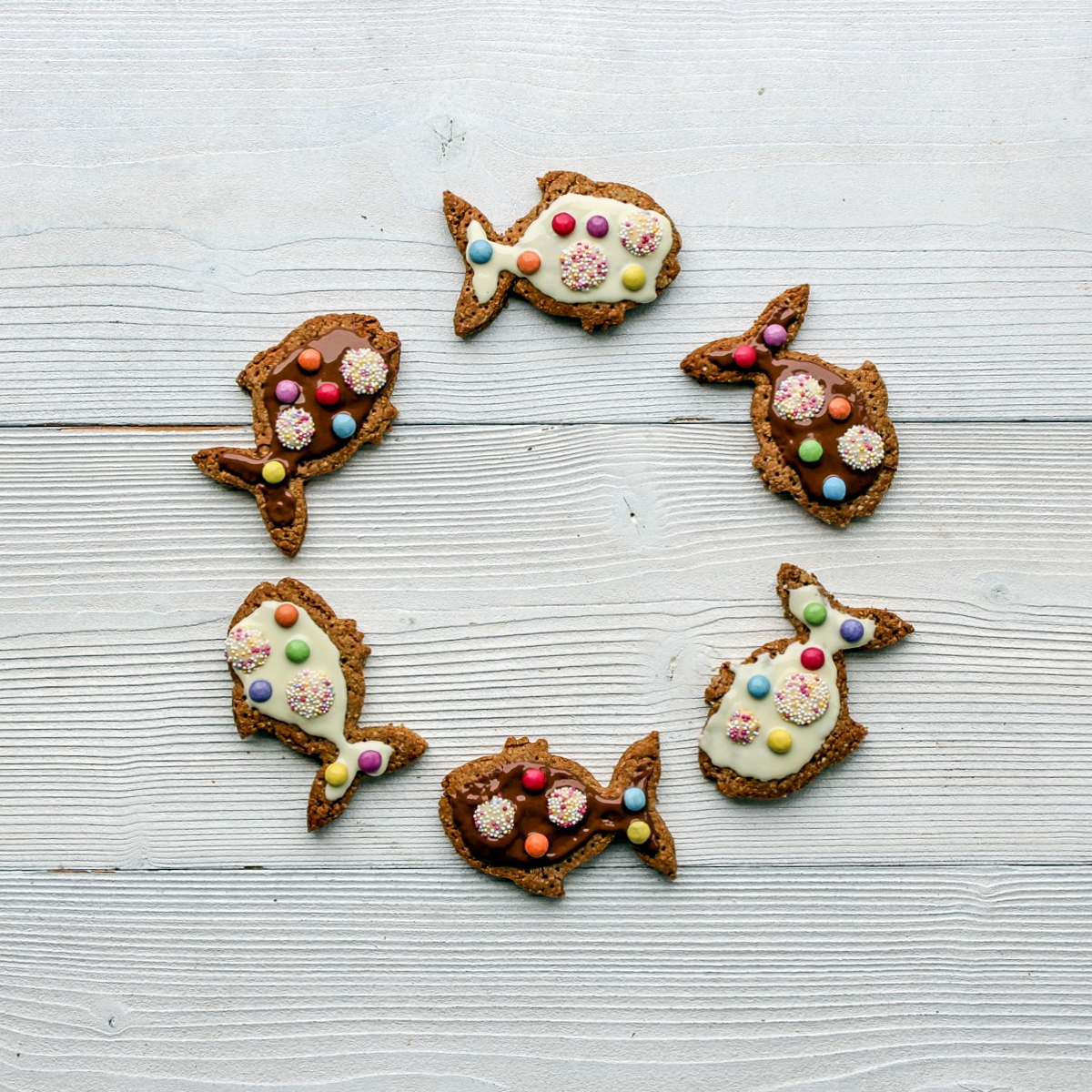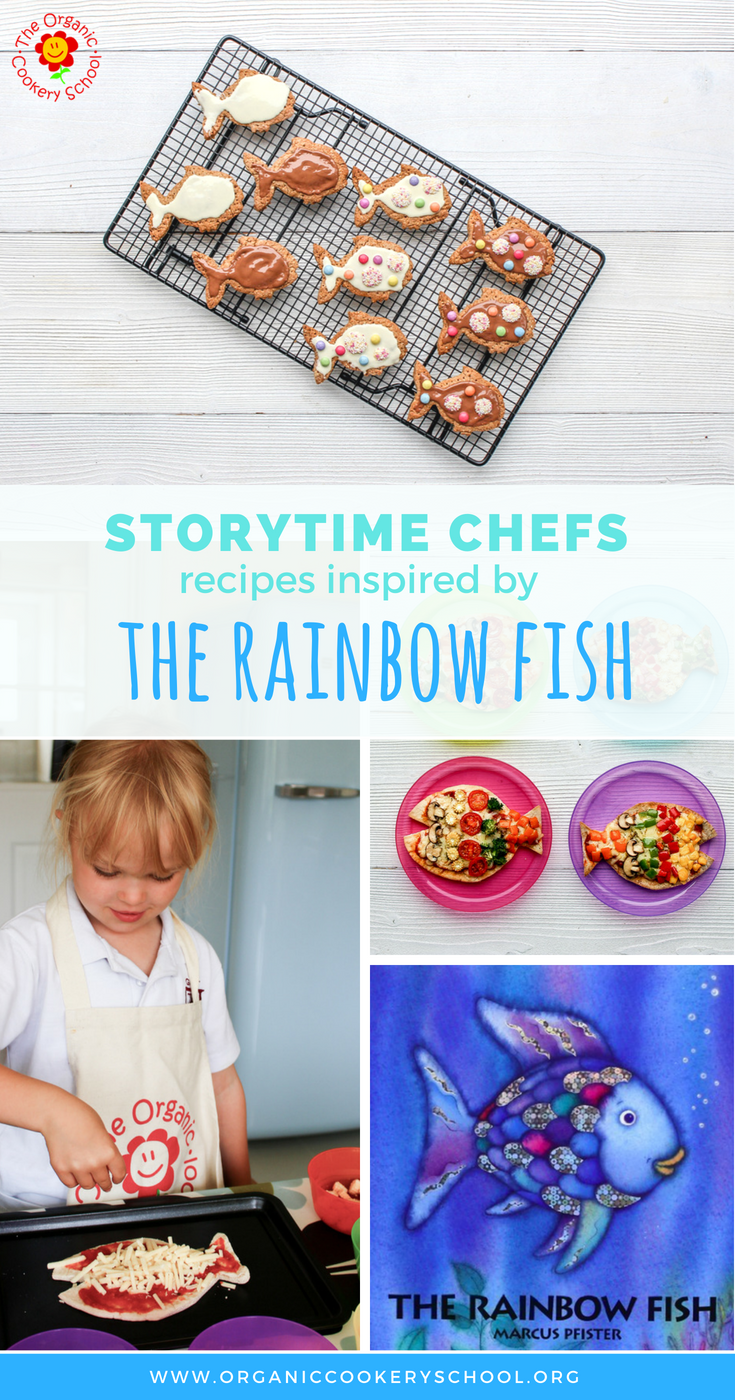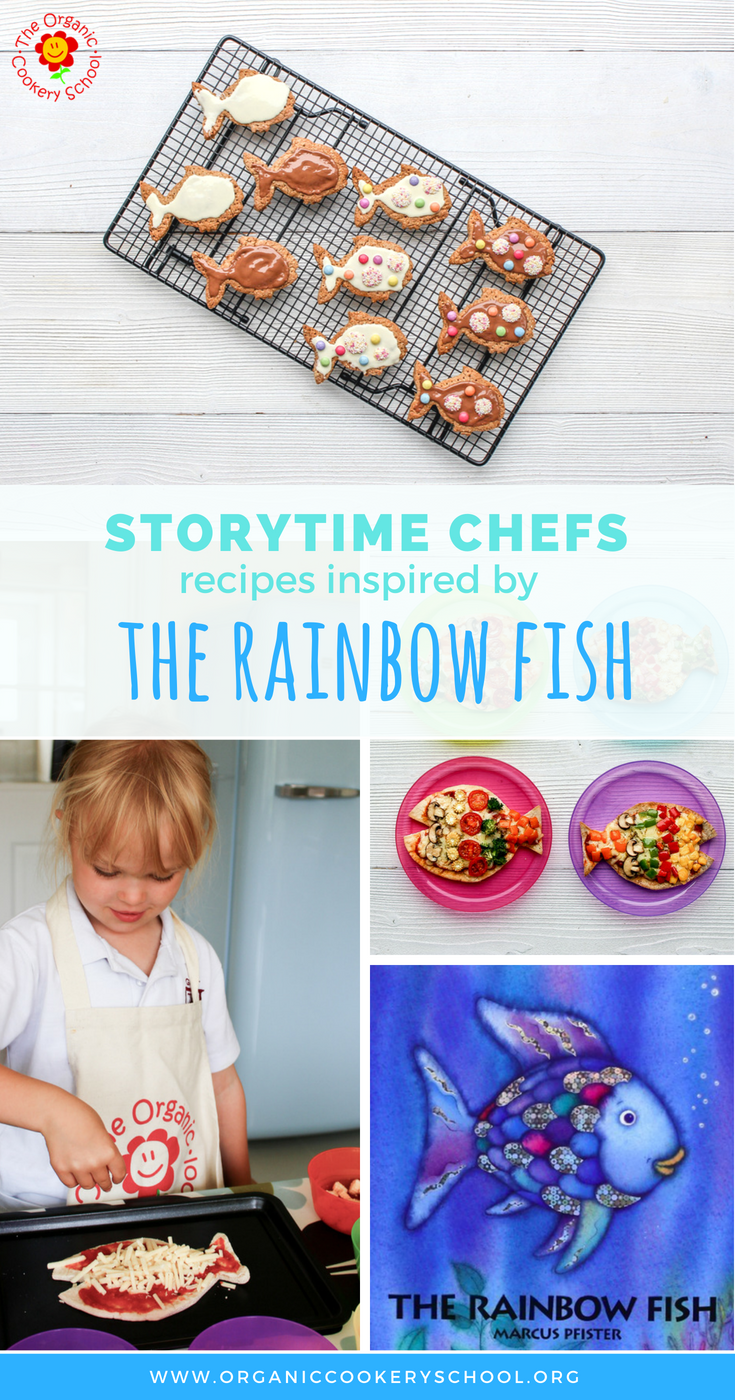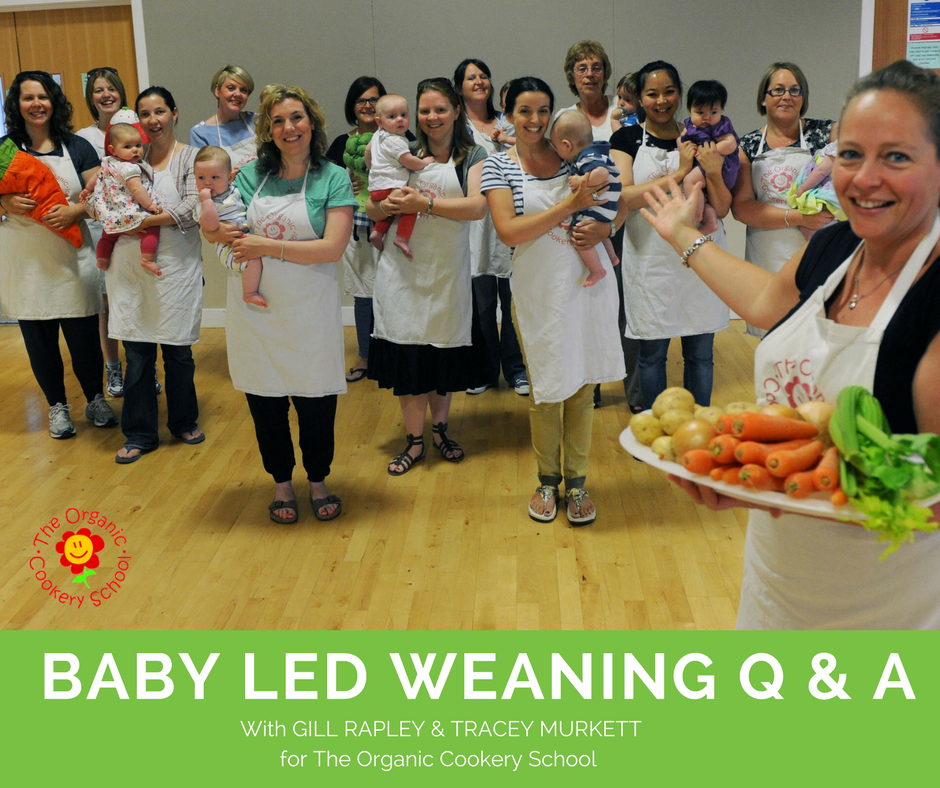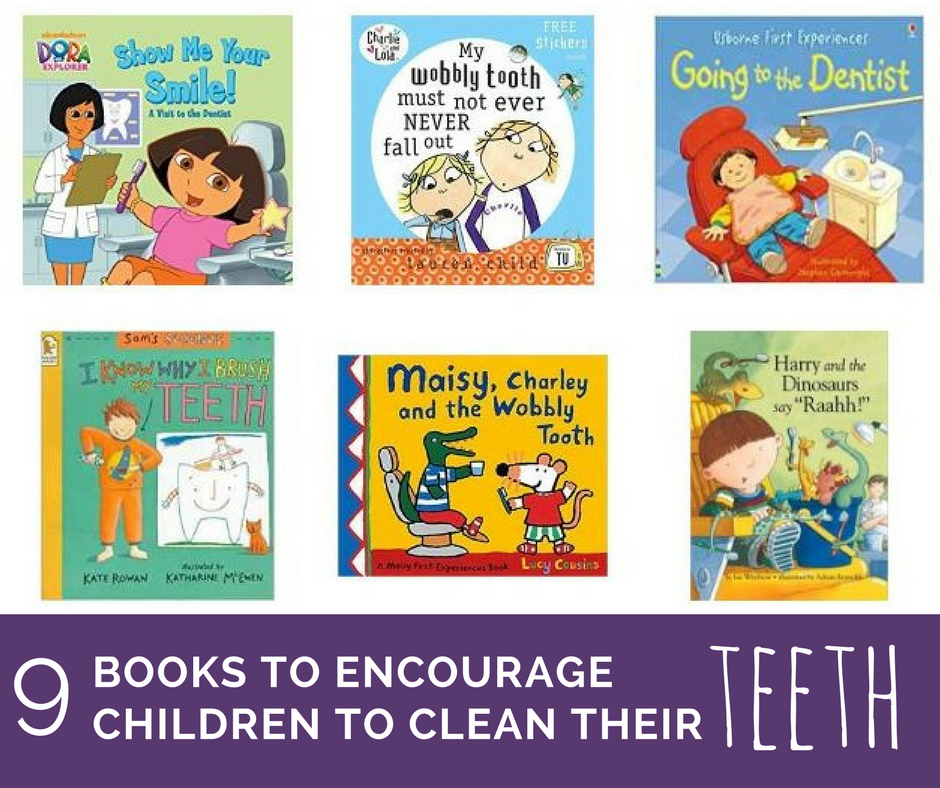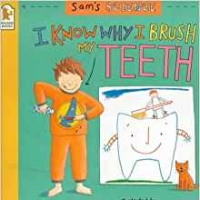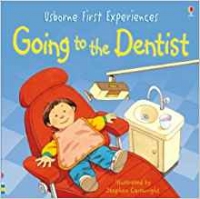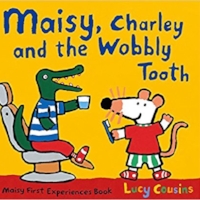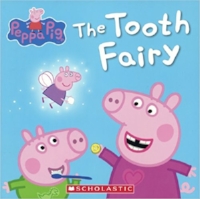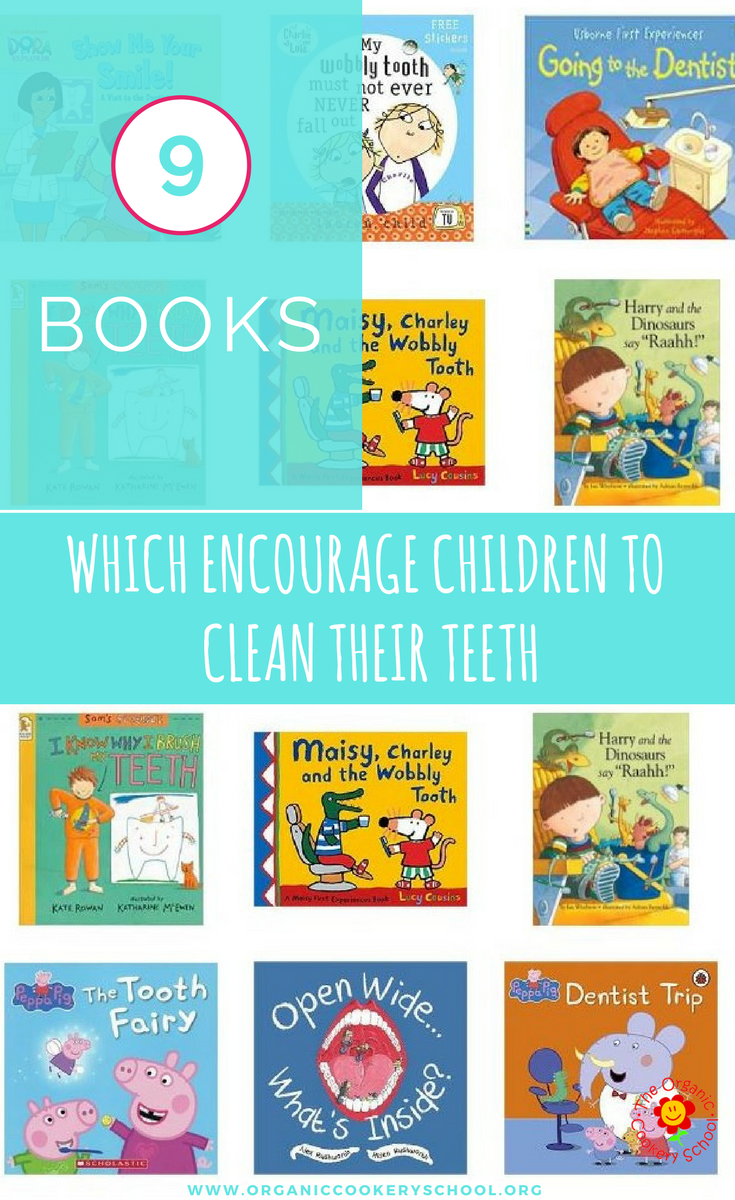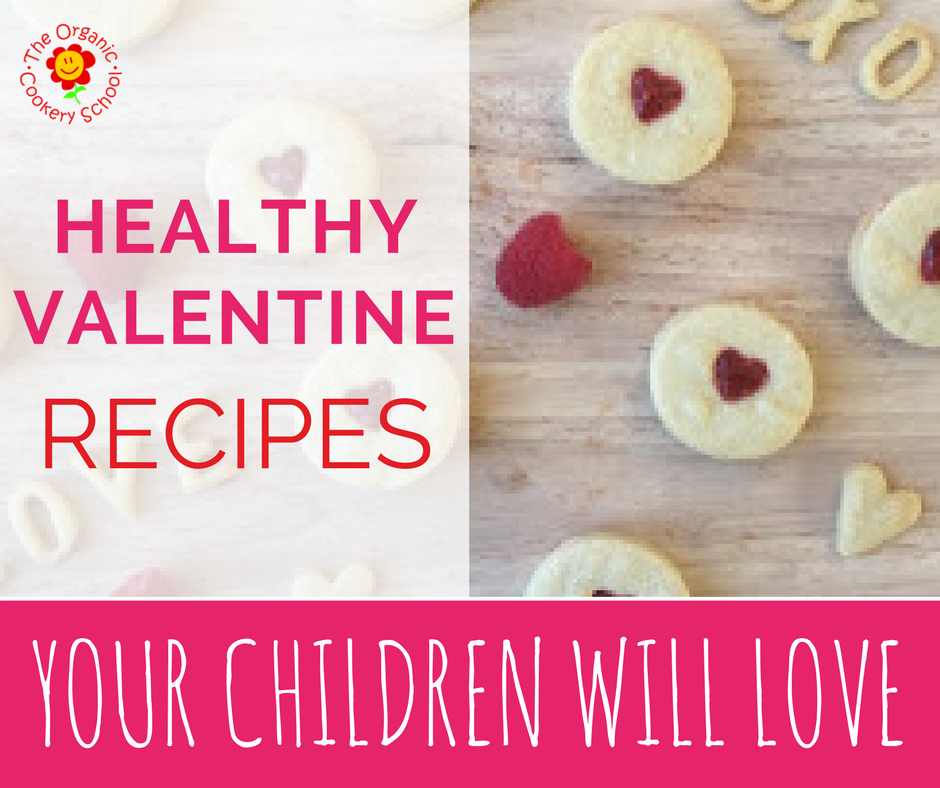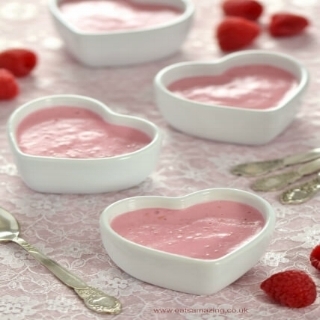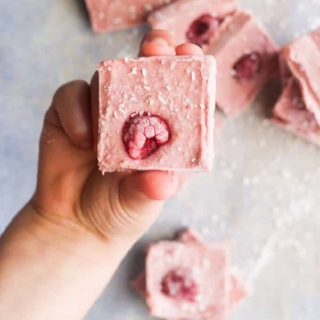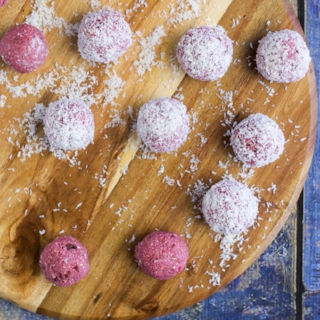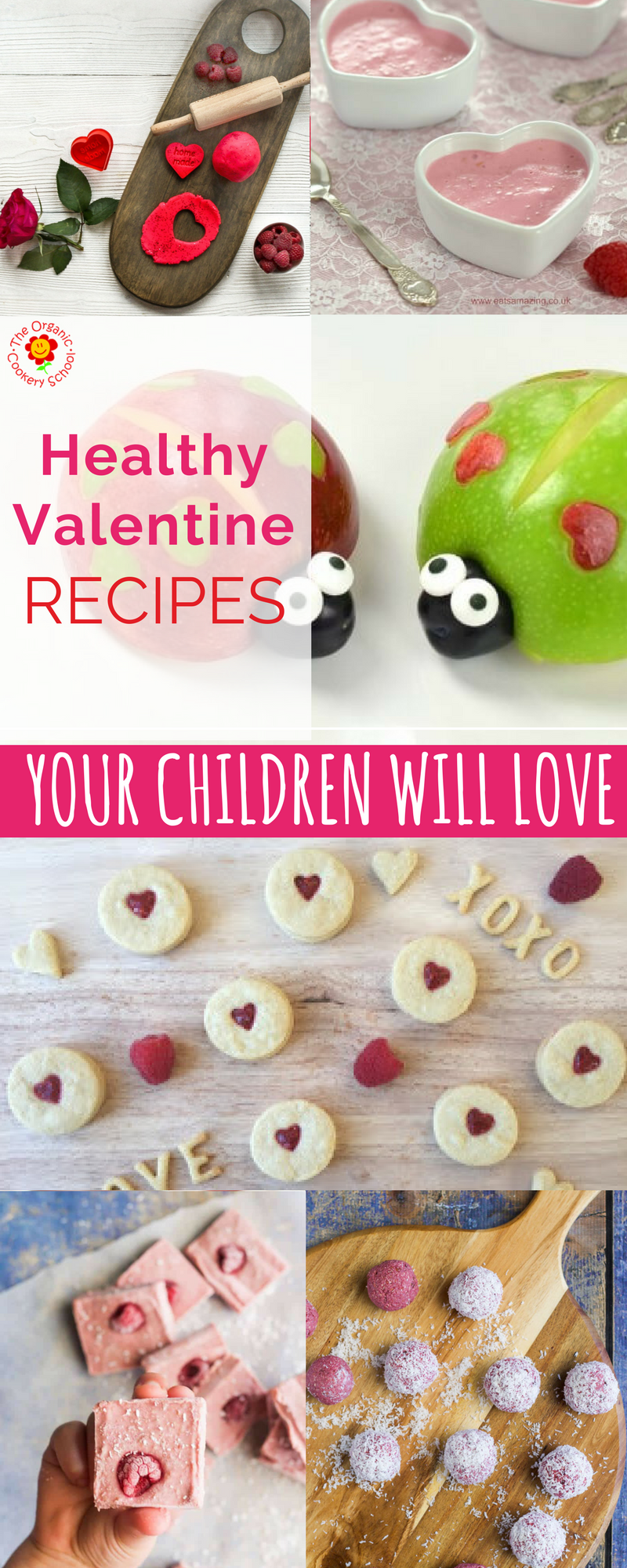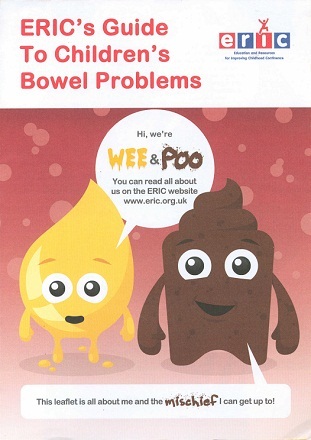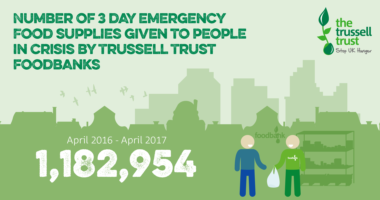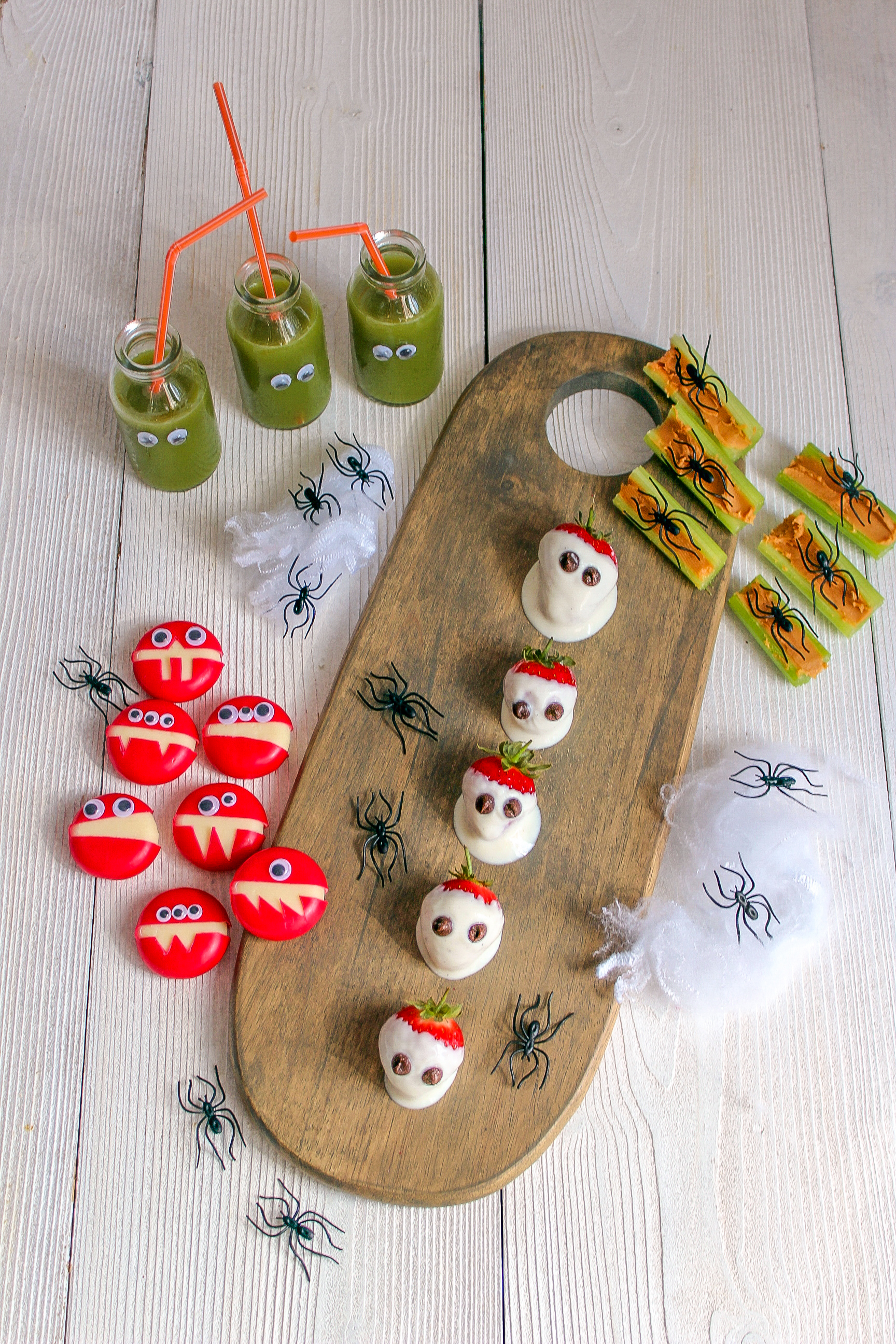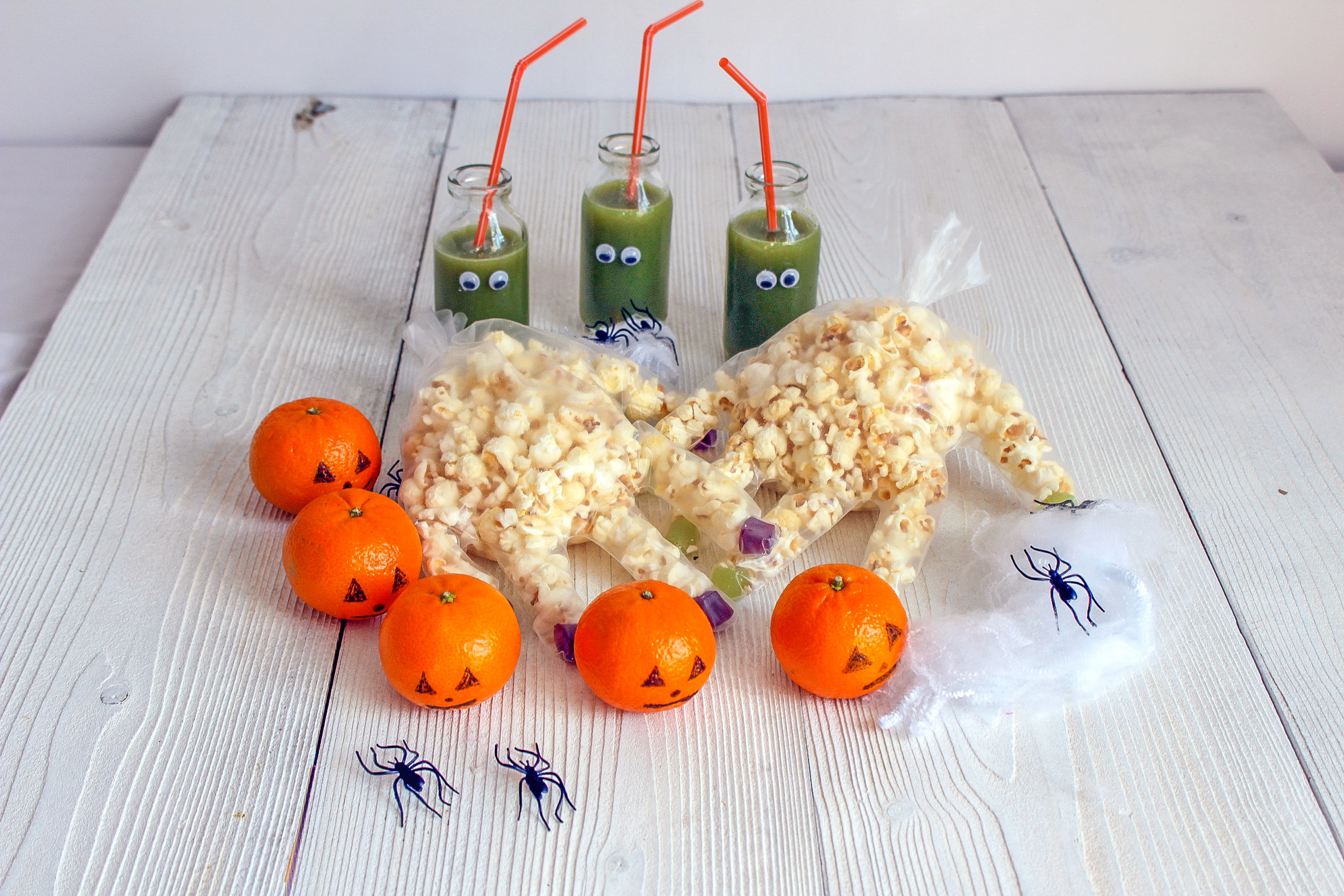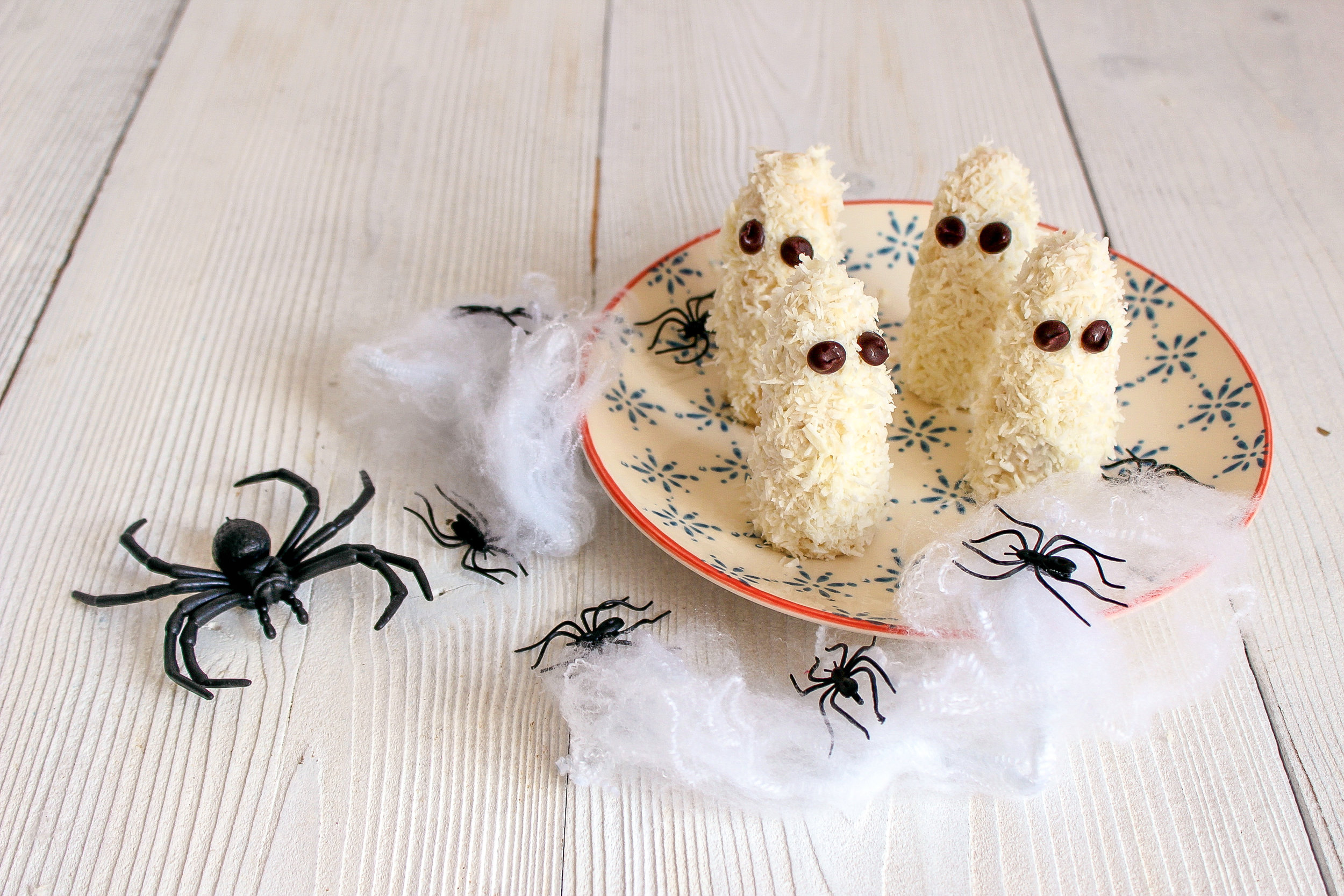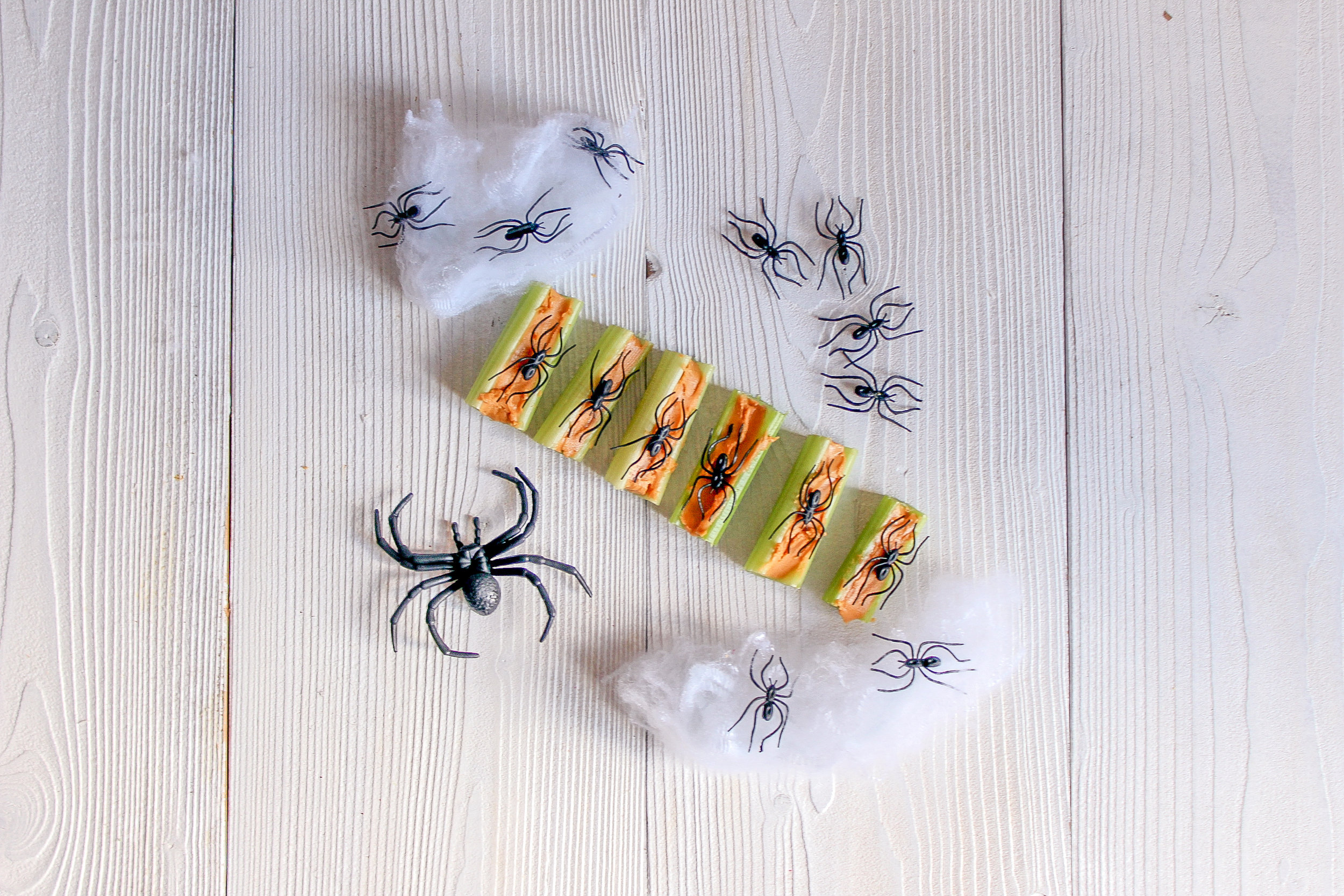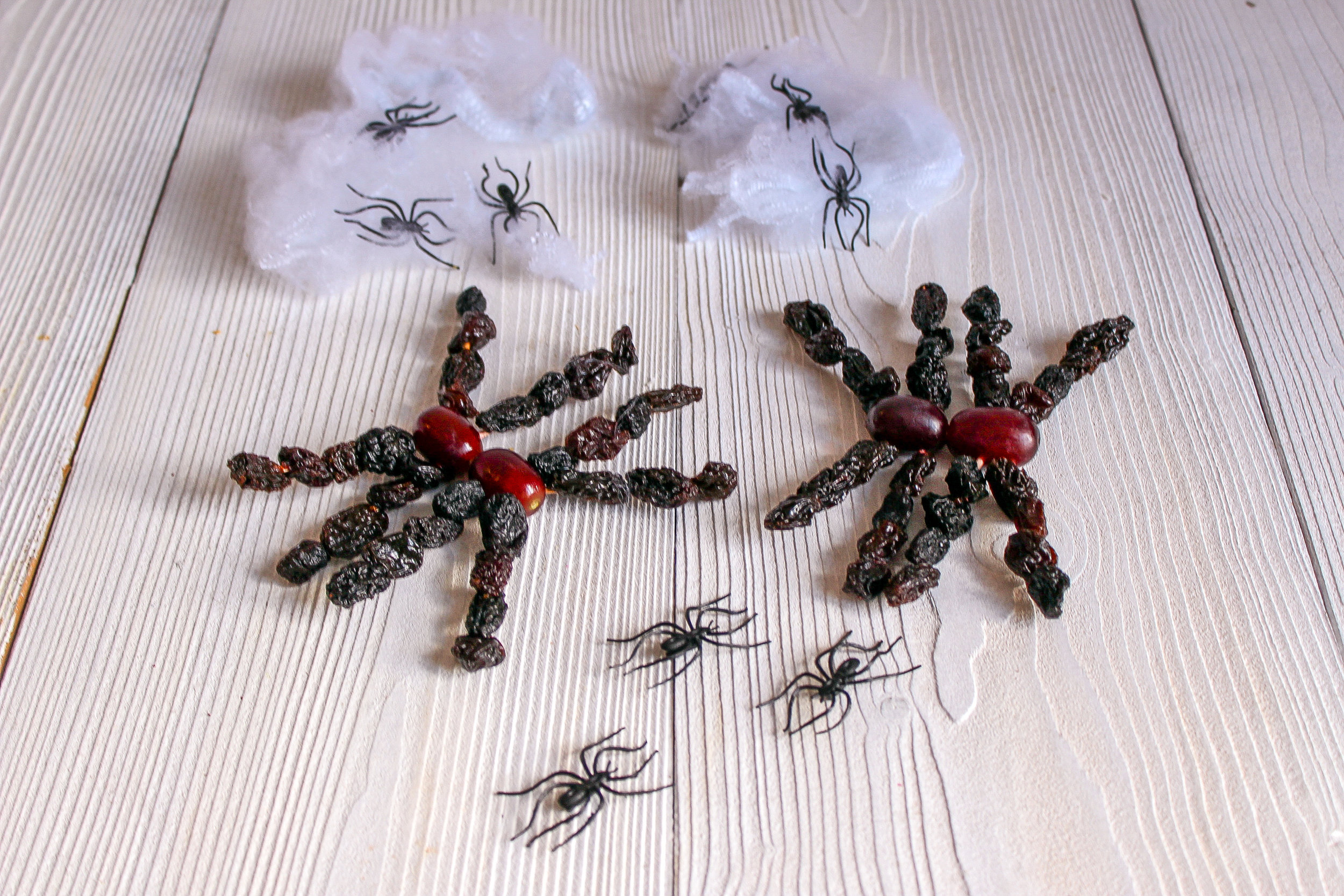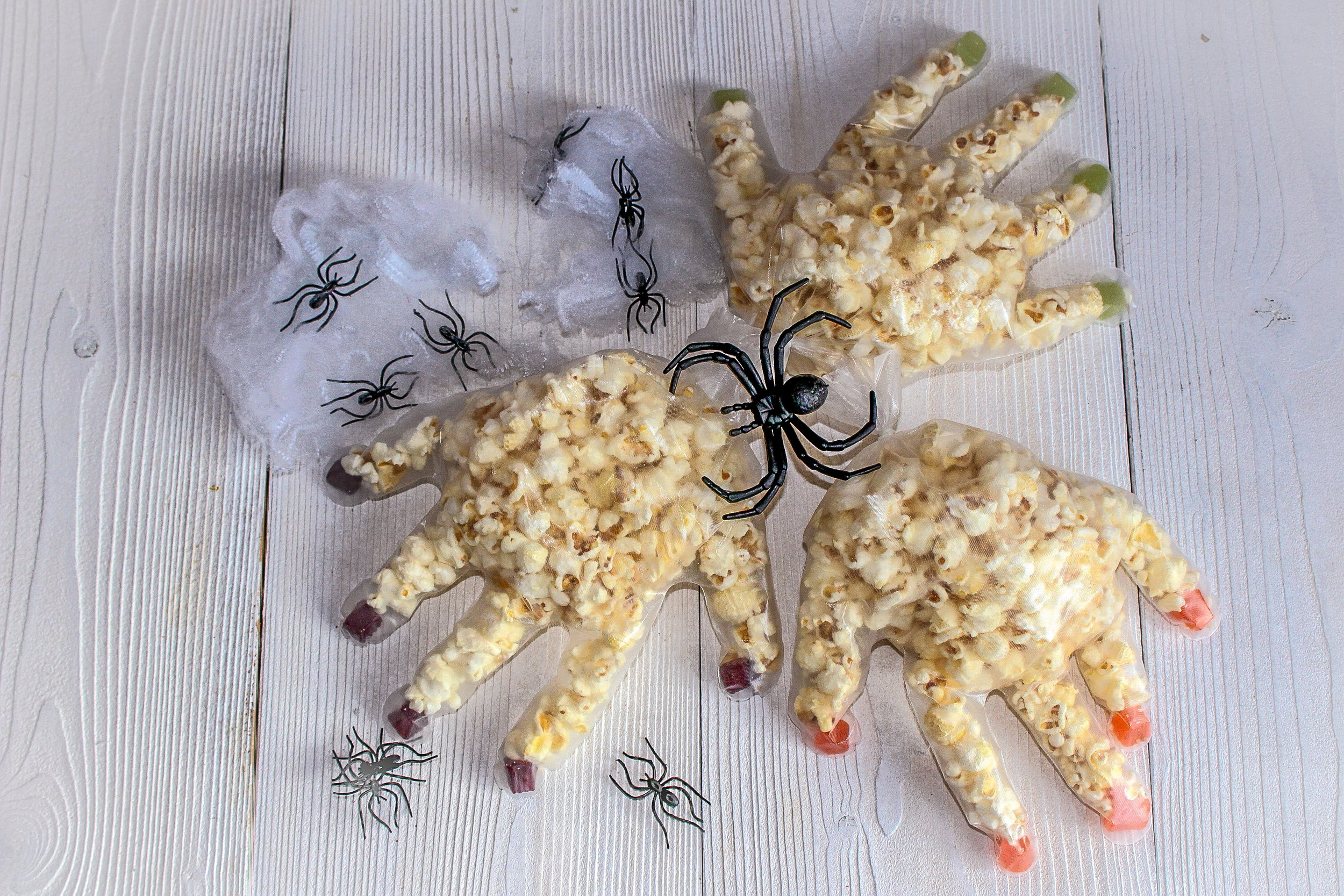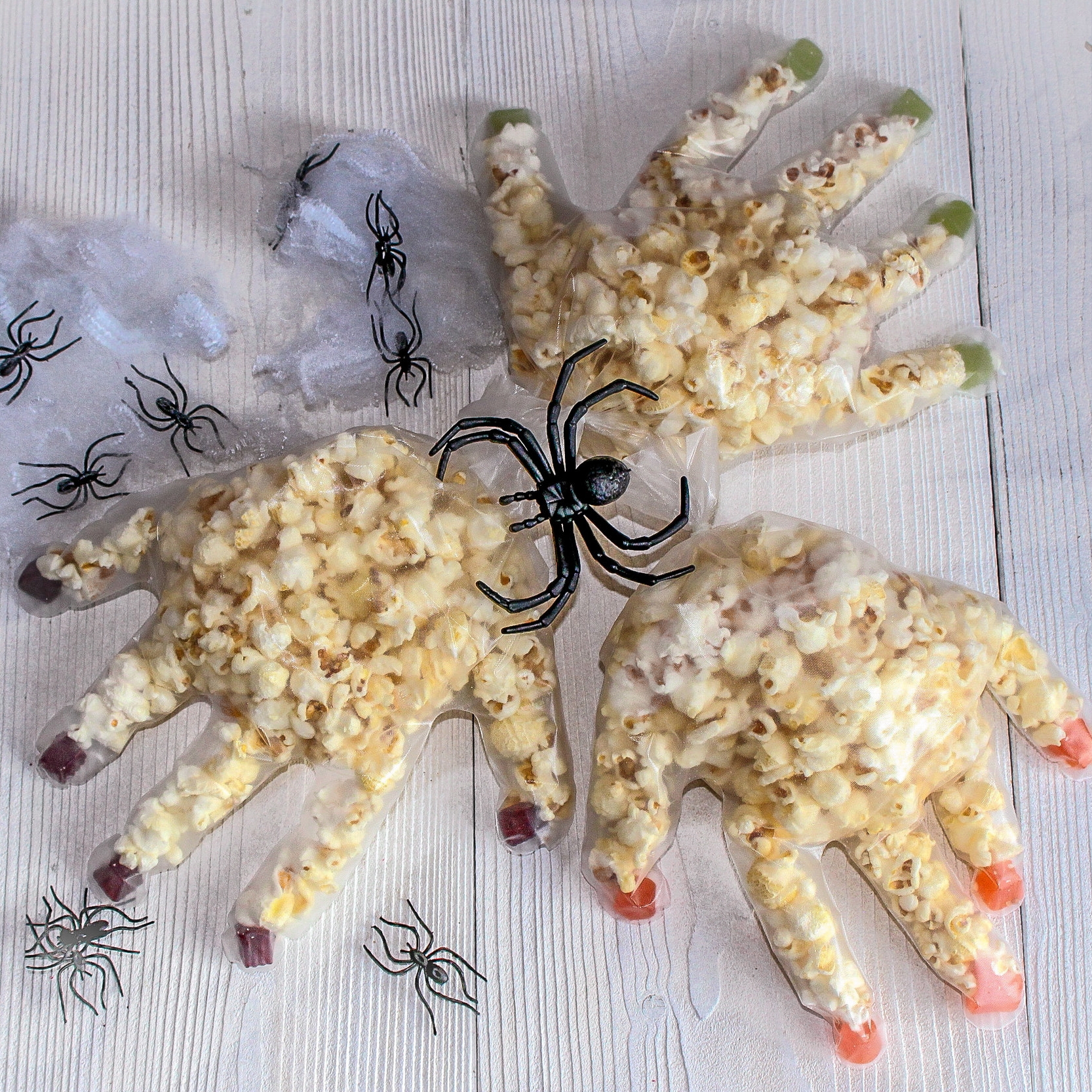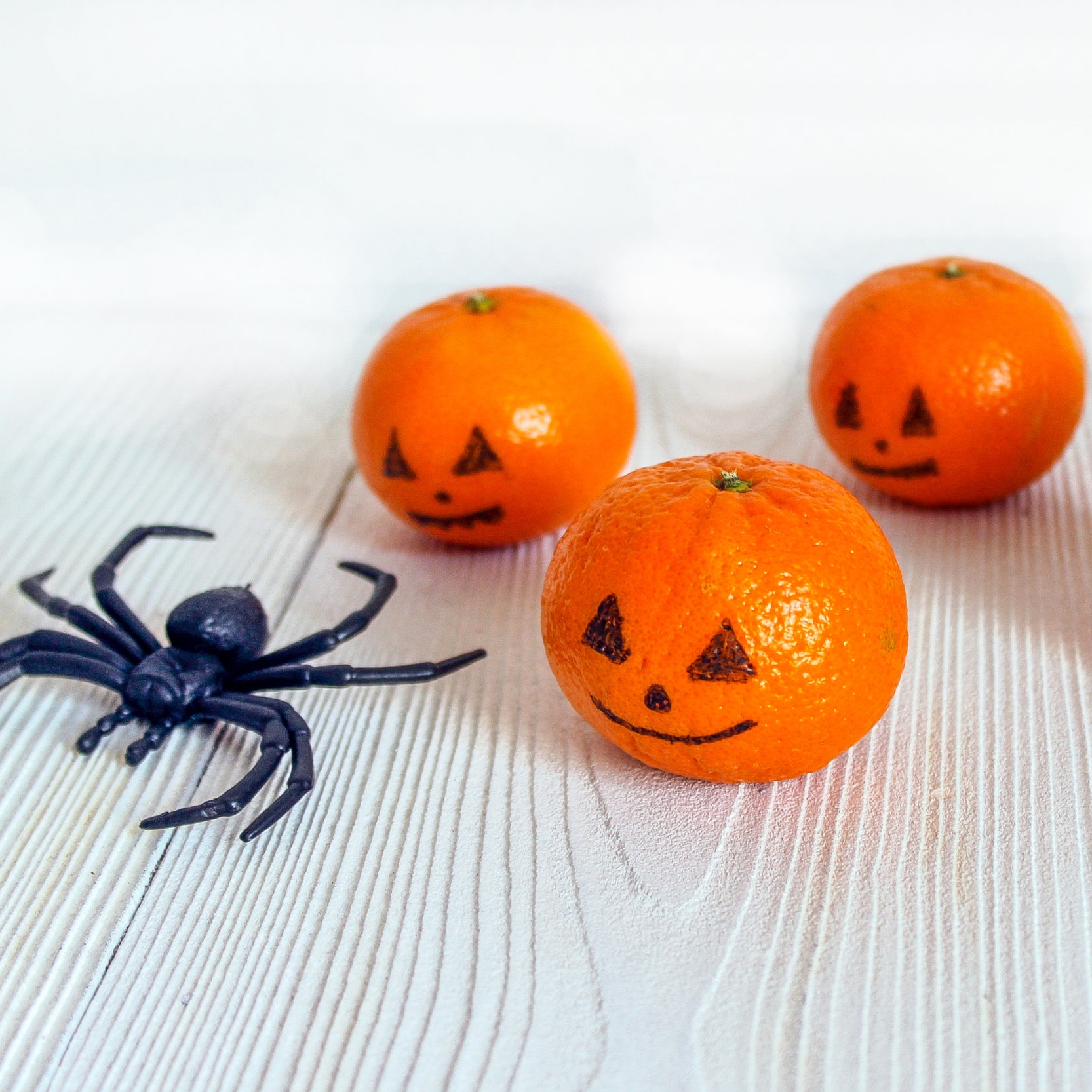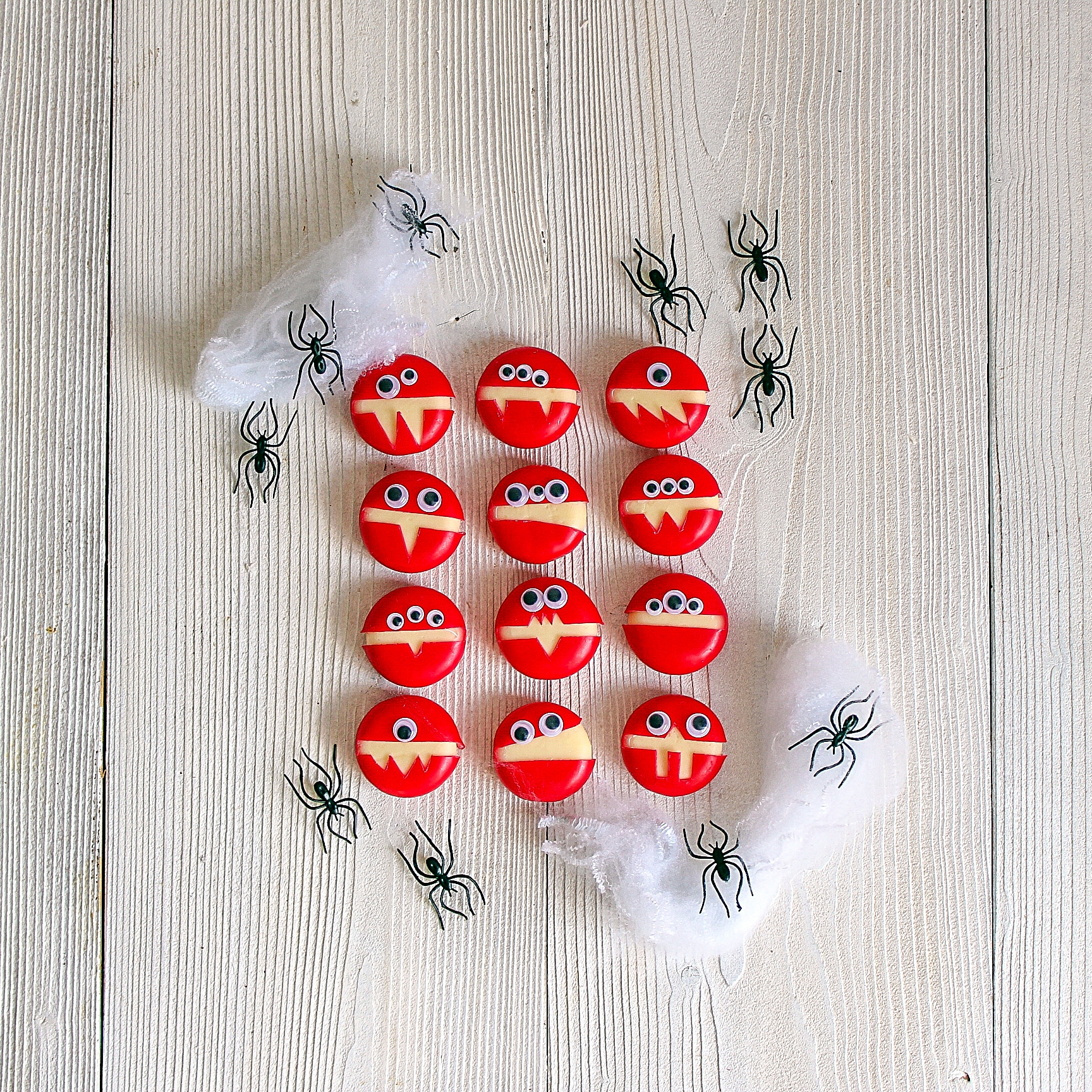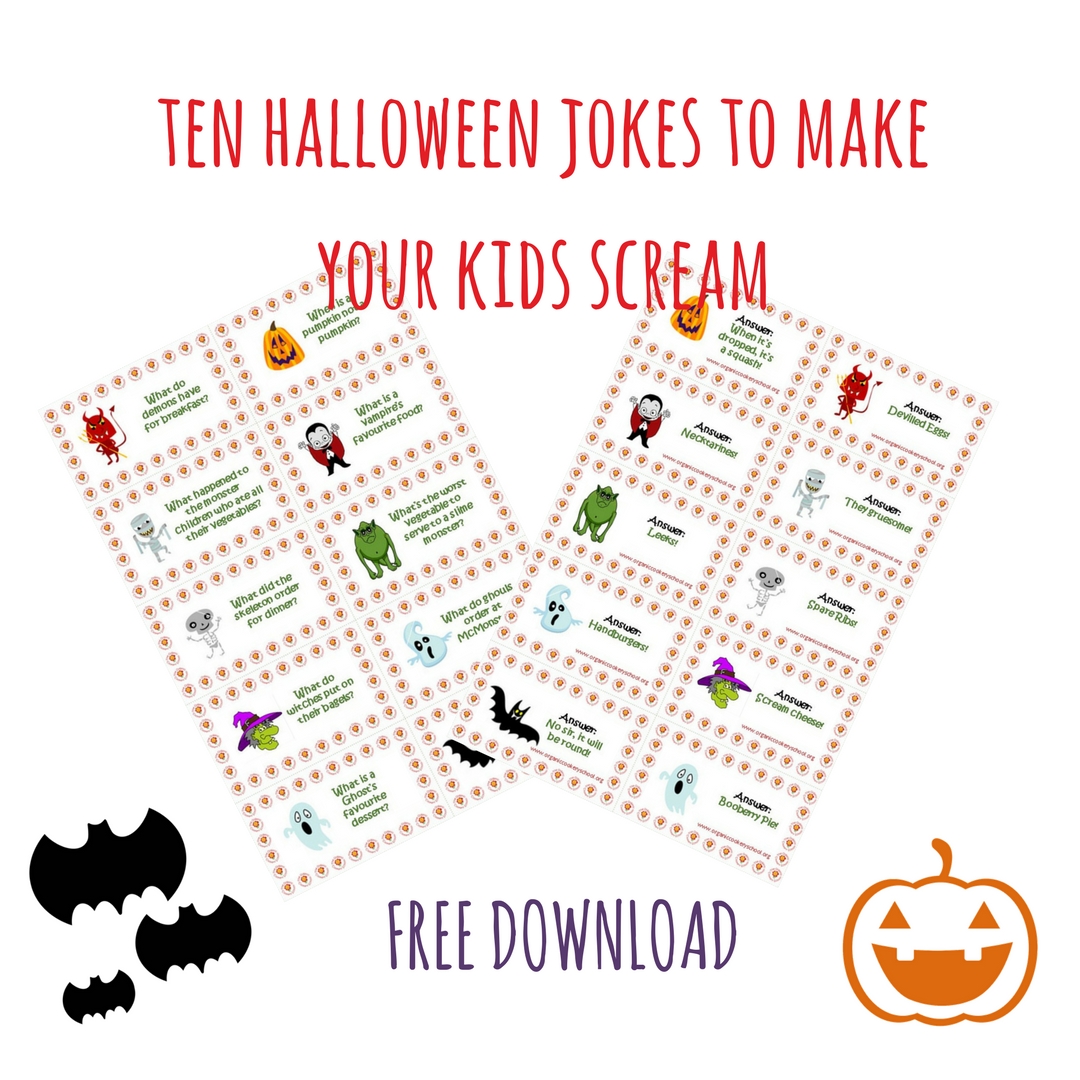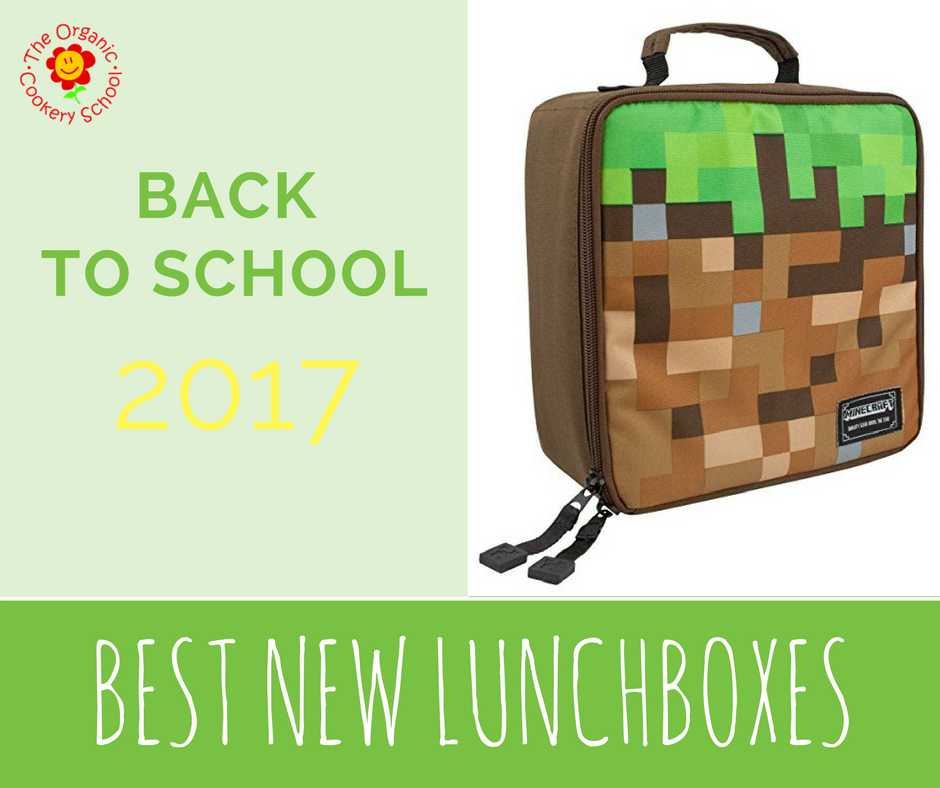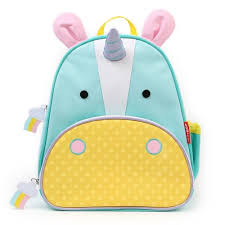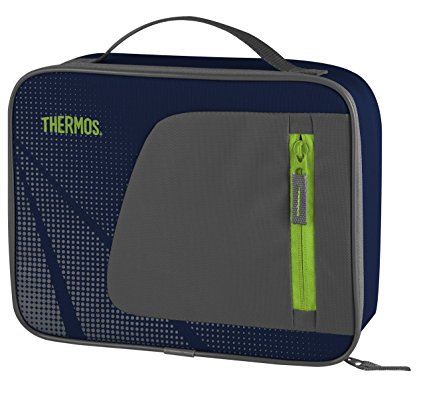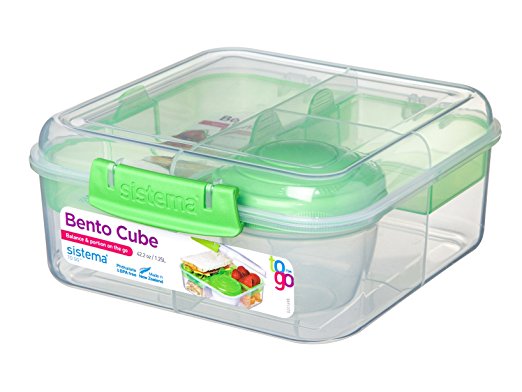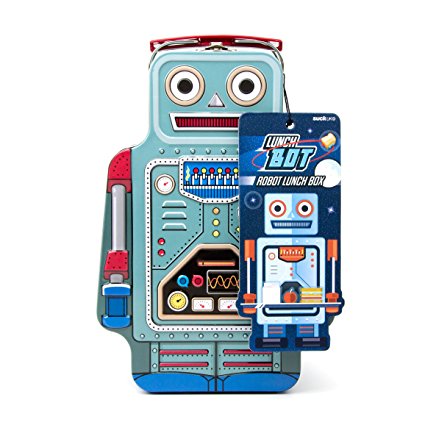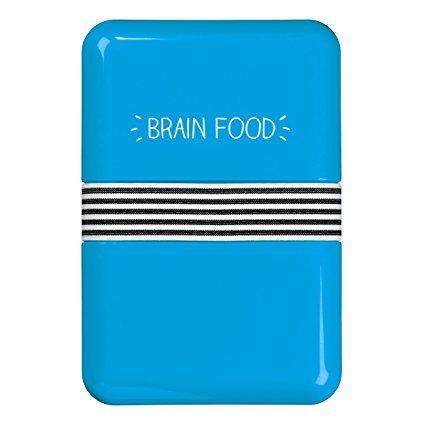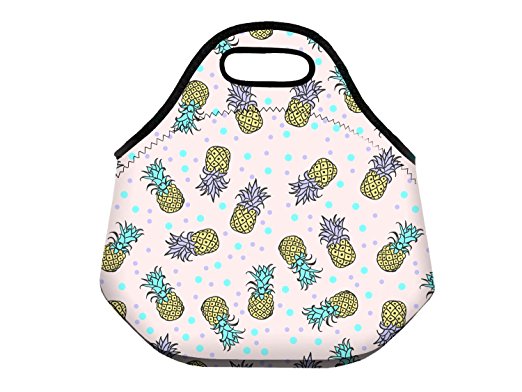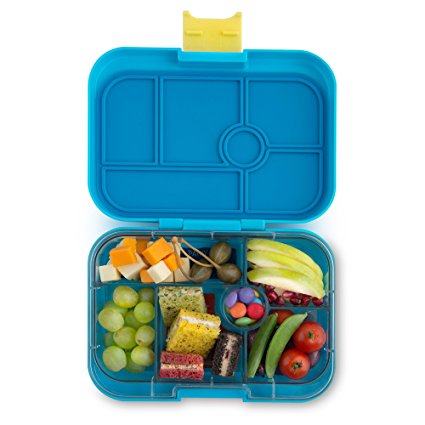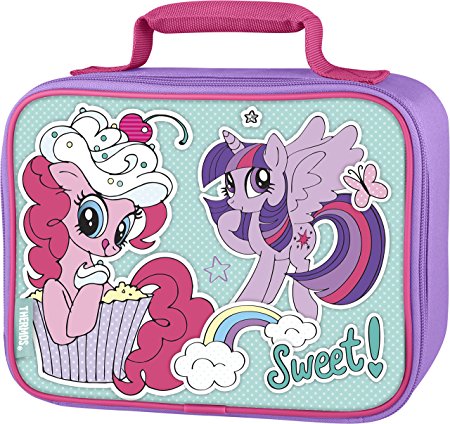Twenty kitchen skills every teen needs to know before they leave for University
Lentil Shepherd's Pie
Ultimate Crumble Recipe - with Vegan and Gluten-free Variations
Healthier Gingerbread Christmas Wreath
serves 12 or more
Healthier Christmas Gingerbread! Can it be? Well, yes if you count swapping wholemeal flour for white, less golden syrup and the inclusion of nutrient-rich black-strap molasses, containing iron, folate, magnesium and calcium. This recipe features some of our favourite British organic brands - Steenbergs (for organic ginger and cinnamon), Doves Farm (for flour and bicarb) , Meridian Foods (for Black Strap Molasses), and Rachel’s Organic (for fabulous butter).
Ask the expert - we talk to Abby Ixer, RD, about teen diet and stress
Welcome to the first in a two part blog series, focusing on teen diet. We spoke to Abby Ixer, Registered Dietitian, about whether food can positively impact stress, sleep and energy issues in young people, whether teens should take supplements, and common teen nutrient deficiencies.
We hope you enjoy Abby’s article.
Foodwise, the teenage years can be some of the most challenging for children and their parents.
For parents and teens, it’s a time of great change – teens strive for independence to choose their own diet yet often make unhealthy food choices when given freedom of choice, and like many adults, can be influenced by marketing and the choices of their peers.
It can be challenging for a parent to promote independence whilst still ensuring that nutritional needs are met. Many parents struggle to encourage their children to maintain a healthy diet when they reach adolescence – for example there may be healthy options on the school lunch menu but that doesn’t mean that they will be chosen by their kids!
Many issues arise during adolescent years including body image, exam stress, sleep disturbances and difficulty with concentration as the teenage body undergoes numerous hormonal, physical and emotional changes.
Stress and other issues
The British Nutrition Foundation states that eating a healthy, balanced diet and staying active are not only good for overall health, but could also help to cope in times of stress. With exams and peer pressure at the forefront, the teenage years can be a stressful time which sees many children reaching for unhealthy foods for comfort and convenience. Many teenagers are unaware of the impact of an unhealthy diet on their overall wellbeing – not just their weight but also their sleep quality, ability to concentrate, their skin and their mental health.
So, what is a healthy balanced diet for teens?
General healthy eating tips for teenagers:
- Have regular meals – avoid skipping breakfast. Around a third of young people regularly avoid having breakfast on school days. It is a myth that skipping breakfast can aid weight loss, as many teenagers believe. Starting the day with a balanced meal reduces the desire to snack on unhealthy foods later on and maintains energy levels throughout the morning.
- Include a variety of food groups for balance including fruits and vegetables, starchy foods, protein and dairy or alternatives. Encourage teens to get involved with food shopping and cooking. If they have some input into their meals they may be more inclined to try a variety of foods.
- Eat plenty of fruits and vegetables. On average, only 7-10% of children aged 11-18 years consume the recommended five portions of fruits and vegetables daily, meaning that the majority of young people are missing out on vital nutrients.
- Choose healthier snacks – sugary snacks may result in a sugar high and subsequent fatigue later on. Consumption of free sugars should not exceed 5% of a teenager’s total energy intake daily. Free sugars include all sugars added by manufacturers as well as those naturally present in honey, syrups and unsweetened fruit juices. The most recent result from the National Diet and Nutrition Survey (published in April 2018) show that young people’s intake of sugar is way above the recommended levels and only 5% of 11-18 year olds meet this recommendation.
- Drink plenty of fluid to stay hydrated – aim for 6-8 glasses a day (or 1.5-2 litres). Water is the healthiest choice, making up 60-70% if the human body. It is best to avoid too many fizzy drinks and fruit juices due to the high sugar content. Fruit juices should be limited to no more than 150mls daily. Also be wary of smoothies as these can also be high in sugar. Data shows that the main source of sugar in a teenager’s diet comes from non-alcoholic drinks. This is especially important for active teens who participate in a lot of sport. Healthy drinks include water, milk, sugar free squash or herbal tea.
The three vitamins and minerals that your teenage child may need more of:
The main current healthy eating advice for teenagers is based on the Eatwell Guide (see link in references below). However, there are specific micronutrients that are particularly important for teenagers. These include:
iron:
Iron is essential for building red blood cells to transport oxygen around the body to use for energy. Teenage requirements for iron are higher than any other age group, as their bodies are still growing and preparing them for adulthood. Teenage girls need more than boys (14.8mg for girls compared to 11.3mg for boys). Survey data shows that around 48% of 11-18 year old girls in the UK consume below the recommended amount of iron. Iron deficiency (known as anaemia) can lead to fatigue, lethargy and weakness. Iron rich foods include red meat, green leafy vegetables, dried fruit, nuts, beans, wholegrains and fortified breakfast cereals. Vitamin C helps us to absorb iron, so including fruits or vegetables with each meal will increase the absorption.
vitamin d
Vitamin D is needed to aid the absorption of calcium – essential for the maintenance of healthy bones and teeth. Vitamin D is produced mostly in the skin in response to sunlight, but can also be found in small amounts in oily fish, red meat, eggs and fortified breakfast cereals.
calcium:
Calcium is required to maintain healthy bones and teeth. The majority of bone mass is built in childhood, and by the time our children reach the end of their teenage years, their bones have already almost reached their maximum strength and density. Therefore it is crucial to ensure optimal nutrition during the teenage years in order to ensure healthy bones as adults. Teenagers need more calcium than any other age group; with males needing 1000mg daily and females needing 800mg daily (the average adult needs just 700mg). Calcium can be found in dairy products (milk, cheese, and yoghurt), tinned fish, green leafy vegetables, nuts and soya products (such as tofu).
The following table lists recommended sources of iron, vitamin D and calcium in various common foods.
Does my teenager need a supplement?
According to NHS guidance, if a teenager is eating a balanced diet, they generally shouldn’t need any supplements unless there is a known deficiency.
The exception is vitamin D, as the body is unable to produce vitamin D all year round because sunlight exposure is reduced during the winter months. Generally, the body should produce enough during the summer to maintain good reserves during the colder part of the year. In today’s society, teenagers are spending more time indoors and therefore receiving less sun exposure during the summer and as a result, the incidence of deficiency is increasing. In recent years, low vitamin D status has been observed in 22% of 11-18 year olds across the year as a whole, with an increase in deficiency being observed during the winter months. As there are very few dietary sources of vitamin D, the new government guidance states that teenagers should consider taking a daily 10µg vitamin D supplement during autumn and winter.
meal ideas for optimum teen nutrition:
Whilst we all understand the concept of a balanced diet, it’s easy to get stuck in a rut of the same old breakfasts, lunches and dinners. We asked Abby for some quick meal ideas which to help fuel your teen through the day, and minimise energy slumps.
breakfast
Porridge made with milk (or a dairy free alternative). Try one of these tasty variations:
o ‘Crunch’ porridge: small handful of dried fruit and mixed seeds (try dried apricots and pumpkin or sunflower seeds).
o ‘Apple pie’: grated apple, a small handful of flaked almonds and a pinch of cinnamon.
o ‘Banana bread’: mashed banana, a small handful of pecan buts and a pinch of nutmeg.
o ‘Summer berry’: cooked apple and berry compote
o ‘Carrot cake’: grated carrot, a small handful of walnuts and a pinch of cinnamon.
Wholegrain cereal such as shredded wheat, bran flakes, Special K or Weetabix).
Wholemeal/seeded toast with one of the following:
o Peanut butter
o Marmite
o 2 poached or scrambled eggs
o ½ tin of baked beans
Also include a piece of fruit or 150ml of fruit juice for extra vitamin C and a calcium rich food (e.g. low fat yoghurt, glass of milk, etc.)
lunch:
Jacket potato, baked beans, cheese, salad
Sandwich with various fillings:
o Tuna and cucumber/sweetcorn/green pepper.
o Chicken/turkey, lettuce and tomato.
o Smoked salmon, low fat cream cheese and cucumber.
o Egg and cress.
o Hummous and red pepper.
o Peanut butter and banans
Tinned sardines on wholemeal toast.
Lentil and vegetable soup.
Omelette – add vegetables for a vitamin and fibre boost.
Also serve with a piece of fruit and a calcium rich food as before.
dinner:
Bean chilli or stew served with brown rice/couscous and vegetables.
Spaghetti Bolognese – made with lean beef mince and served with whole-wheat pasta and salad.
Serving of meat/fish/tofu with boiled new potatoes (skins on) and vegetables.
Try to ensure that main meals contain a balance of carbohydrates, protein and vegetables.
snacks:
A handful of mixed nuts and dried fruit.
Low fat Greek yoghurt with fresh fruit.
Carrot/cucumber/pepper sticks with hummous.
Small wholemeal pitta bread with hummous or tahini (sesame seed dip).
Sliced apple with 1 teaspoon of peanut butter.
Oatcakes with low fat cream cheese.
30g piece of cheese and a handful of cherry tomatoes.
Plain popcorn – add a sprinkle or chilli powder or cinnamon for extra flavour.
Glass of milk (or dairy free alternative).
For a sweet treat, try homemade frozen yoghurt - mix together low fat Greek yoghurt with mashed banana and chopped mixed berries. Freeze until solid, stirring occasionally.
Join us for part two (published 19th nov 2018), when we discuss teenagers and caffeine, sleep, memory and stress.
And sign up below for a live teenage diet Q & A with Abby, and Organic Cookery School founder, Lucy, on 25th November 2018 (limited places)
References and further reading:
https://www.nhs.uk/live-well/eat-well/healthy-eating-for-teens/
https://www.bda.uk.com/foodfacts/Diet_Depression.pdf
https://www.bda.uk.com/foodfacts/PackedLunches.pdf
https://www.gov.uk/government/publications/the-eatwell-guide
https://www.gosh.nhs.uk/teenagers/staying-healthy/healthy-eating
https://www.nutrition.org.uk/healthyliving/lifestages/teenagers.html
http://www.ipswichandeastsuffolkccg.nhs.uk/Yourhealth/Youthhealth/Healthyeating.aspx
https://www.nutrition.org.uk/nutritionscience/nutrients-food-and-ingredients/liquids.html?start=1
Storytime Chefs: Space themed storybooks and recipes for the Summer break
It's July (just!) and time for this month's Storytime Chef post. This month, we are embracing the them of SPACE, because what child doesn't love recipes (and stories) featuring rockets, space travel, aliens and intergalactic travel?
For those of you who are new to Storytime Chefs, welcome to our virtual reading and cookery club for families with children aged 2-10 years.
COMPETITION TIME:
We are celebrating our second month of book and cookery activities with a (UK) give away of a personalised copy of The Incredible Intergalactic Journey Home (with your child's name) by Wonderbly.
Just comment and share this post on Facebook, or tag us on Instagram with your space inspired baking (#organiccookeryschool #storytimechefs). See bottom of post for full terms an
The best children's books about Space
Do your kids love the topic of Space? This year both my Reception aged daughter (aged 5) and my 12 year old studied space and the solar system at school. It was great to hear them comparing facts, and I think Emily was a little jealous of how much art and craft her little sister got to do during their studies.
Emily loves to read with her little sister, so we dug out some of our favourite Key Stage 1 story and poetry books with a space theme. The following are all fiction, as it's pretty easy to find non-fiction children's books about space.
We also dusted out some quick recipes/food activities The Organic Cookery School had put together for a month of Rocket Science themed cookery activities at the Royal Horticultural Society’s gardens at Wisley.
Note: As we didn’t have access to any ovens at Wisley, they were all on a no cook / assembling /decorating vibe, but still fun to recreate when the kids have friends over for a playdate.
I’ve included the worksheets, which have recipes and instructions for giant gingerbread planets and astronauts, shooting star kebabs, rocket sandwiches, cake truffle planets and peppermints stars in the documents section of our Facebook group.
You can access those recipes and worksheets for free by joining our friendly Storytime Chefs Facebook group before the end of August 2018. Once you've joined check the announcements or look in the documents section of the group.
But I also recommend making a bowl of alien soup (aka our Summertime soup) and deep space rock cakes (aka cheesy broccoli and quinoa bites), before snuggling down to a magical deep space story from the following list.
Find instructions how to make our Cake Truffle Planets in the Storytime Chef FB group
Fifteen teacher (and child) approved books inspired by the theme of Space
The First Hippo on the Moon by David Walliams
Fun illustrations from best selling author David Walliams, suitable from 3+
Eeek! The Runaway Alien by Karen Inglis
Suggested age 6+ (also great for football fans)
Space Boy by Leo Landry In this charming picture book, the allure of space travel and the longing for peace and quiet entice a young boy to take his space rocket to the Moon for a picnic. Suggested age 4-7 years
Aliens Love Underpants and Aliens in Underpants Save the World by Claire Freedman and Ben Cort "Aliens love underpants, in every shape and size, But there are no underpants in space, so here's a big surprise...." Great books for joining in (and giggles) Suggested age range 3-6 years.
Mousetronaut by Mark Kelly – written by a real astronaut! Astronaut Mark Kelly flew with "mice-tronauts" on his first spaceflight aboard space shuttle Endeavourin 2001. Mousetronaut tells the story of a small mouse that wants nothing more than to travel to outer space. The little mouse works as hard as the bigger mice to show readiness for the mission . . . and is chosen for the flight! While in space, the astronauts are busy with their mission when disaster strikes--and only the smallest member of the crew can save the day. Suggested age range 4-7 years
The Way Back Home by Oliver Jeffers By best selling author Oliver Jeffers, suggested age 3-5 years
Alien Tea on the Planet Zum Zee by Tony Mitton If you take your rocket to the outer edge of space, you'll come across a funny little alien place. The alien peoples call it Planet Zum-Zee, and they're meeting here today for a special picnic tea. Another great read-aloud book for 3 years plus
Coyote and the Sky: How the Sun, Moon and Stars Began by Emmett ‘Schkeme’ Garcia , a traditional retelling of how the sun, moon and stars began, for younger readers.
Letters from an Alien School Boy by Ros Asquith
The Planet Gods by Jacqueline Mitton
Dr. Xargles Book of Earthlets by Jeanne Willis
Space Poems chosen by Gaby Morgan
We’re Off to Look for Aliens by Colin McNaughton
Link to books on Amazon in books (or check your local library).
By shopping with the links we have provided, we may earn a small referral commission which goes straight back into our community outreach projects for vulnerable families It also doesn’t cost you anymore. Thank you!
Join the Storytime Chef Fun – Here’s How:
- Please leave a comment below, saying that you’re joining Storytime Chefs this month and reading The Rainbow Fish.
- Join our friendly Facebook group STORYTIME CHEFS for shopping lists and bonus activities covering art, crafts, science and links with the curriculum.
- Get a copy of the book using the links above or from your local library.
- Read the book together…
- ….then bring the kids into the kitchen and cook our featured recipes together.
- I would LOVE for you to share your photos on Instagram using the hashtag: #StorytimeChefs and please tag me too (@organiccookeryschool).
- Tune in next month for another book-themed recipe.
Follow and tag us on Instagram to enter #organiccookeryschool #storytimechefs
Ways to enter our competition:
1) Comment and share this post on FB
2) Follow and tag us on Instagram with some parent/child space themed baking
3) Share your space themed cookery activities with us in our FB group.
4) Get £5 off any Wonderbly book using this link.
Any of the above actions (completed by 31/8) guarantees an entry in the competition draw (UK residents only). One winner will be chosen by random and contacted by social media on 1st September 2018. the chosen winner will have 7 days to respond, and will need to supply the name, gender , hair colour and address of the child the book will be personalised for. For further details visit Wonderby and select 'The Incredible Intergalactic Journey Home for information on personalisation details required. These details will not be shared with any other parties.
Storytime Chefs: Rainbow Fish Digestive Biscuits
makes 10-12 biscuits
Here’s the second recipe in Rainbow Fish themed Storytime Chefs series, our monthly virtual cookery and book club for families with children aged 2-10 years.
Read more about this month's book choice here, or try our delicious veg pack Rainbow Fish Pizzas.
equipment:
You will need:
- an apron and clean hands
- two baking sheets, lined with greaseproof paper
- one large mixing bowl
- one small bowl to melt butter
- weighing scales
- measuring spoon
- a wooden spoon or silicone mixing spoon
- a fish shaped cookie cutter
- a rolling pin (and optional rolling mat)
- a palette knife or similar to lift biscuits
- a cooling rack
- oven gloves
Ideas for decorating your rainbow fish biscuits:
To ice or not to ice?
It’s pretty impossible to decorate biscuits (and avoid a mini sugar rush) without using some form of icing, chocolate or sweets and whilst this isn't the healthiest of food stuffs, it is part of the magic of this activity for your kids. These biscuits are delicious on their own, and are not overly sweet, so we normally decorate about half and leave the remainder plain.
When it comes to choosing decorating ingredients, we prefer to go as natural as possible, choosing options which don’t contain palm oil, artificial colours and flavours, and are organic where ever possible.
Baking and decorating biscuits/cakes (especially Rainbow Fish ones) isn’t an everyday event - just like eating birthday cake isn’t an everyday event, which most children understand.
Here are some options (either fruity or chocolatey):
- A little icing, white or naturally coloured (we used these freeze dried fruit powders from Healthy Supplies to colour/flavour ours)
or
- Melted chocolate (milk or white)
- Colourful dried fruit ‘scales’ (eg cranberries, chopped apricots, golden raisins, chopped mango) or snipped up Bear Fruit Yoyos/homemade fruit leather
- Naturally coloured/flavoured ‘Smarties’ or ‘Jelly Tots’ (eg Biona)
Where to get hold of a copy of The Rainbow Fish:
Link to Rainbow Fish on Amazon UK Link to Rainbow Fish on Amazon US
Or don’t forget to check your local library.
By shopping with the links we have provided, we may earn a small referral commission which goes straight back into our community outreach projects for vulnerable families It also doesn’t cost you anymore. Thank you!
Storytime Chefs: Recipes inspired by The Rainbow Fish
This month, we launch the first in a new series of cook and learn activities inspired by popular children’s books.
Storytime Chefs is our virtual reading and cookery club for families with children aged 2-10 years, and we are kicking off with a book I’ve shared with many of our community-based family cookery classes - The Rainbow Fish, by Marcus Pfister.
What’s The Rainbow Fish about?
The most beautiful fish in the ocean is asked to share one of his shining scales with a little blue fish, which he refuses. All the other fish in the sea leave him alone, and he wonders why. He goes to the wise octopus for advice, and she tells him to give away his scales. Rainbow Fish reluctantly does so, except for one. In the end, he is less beautiful then he was before, but he has new friends and is now the happiest fish in the sea.
We've put together two beautiful child-approved recipes to make with your children:
Rainbow Fish Pizza and Rainbow Fish Digestive Biscuits
Where to get hold of a copy of The Rainbow Fish:
Link to Rainbow Fish on Amazon UK Link to Rainbow Fish on Amazon US
Or don’t forget to check your local library.
By shopping with the links we have provided, we may earn a small referral commission which goes straight back into our community outreach projects for vulnerable families It also doesn’t cost you anymore. Thank you!
Join the Storytime Chef Fun – Here’s How:
- Please leave a comment below, saying that you’re joining Storytime Chefs this month and reading The Rainbow Fish.
- Join our friendly Facebook group STORYTIME CHEFS for shopping lists and bonus activities covering art, crafts, science and links with the curriculum.
- Get a copy of the book using the links above or from your local library.
- Read the book together…
- ….then bring the kids into the kitchen and cook our featured recipes together.
- I would LOVE for you to share your photos on Instagram using the hashtag: #StorytimeChefs and please tag me too (@organiccookeryschool).
- Tune in next month for another book-themed recipe.
Featured Recipes for The Rainbow Fish
Get the Rainbow Fish Pizza recipe here:
Storytime Chefs : Rainbow Fish Pizzas
makes four individual pizzas
These quick and healthy pizzas are inspired by The Rainbow Fish (by Marcus Pfister), and encourage children to pile up on a variety of different coloured veggies, helping them meet their five a day targets and eat a rainbow too. I’ve honestly never seen my five year old so keen to load up with every colour of vegetable.
For speed and convenience, shop-bought pitta bread works fine (Waitrose and Ocado stock organic versions). Pitta are easy to cut to shape with sturdy kitchen scissors, and both wholemeal and white pitta both taste great in these pizzas.
Trimming into a fish shape can be a bit awkward (there’s a good chance that little ones could accidentally chop off a tail!) but is great for developing motor skills - so be prepared to model where to cut and help little ones. (and have a few pitta spare just in case)
If you want to make your own pitta (which is great fun and everso easy) - we’ve included a recipe to make your own in the resources section of our FB group.
Next comes a topping of our veggie packed magic tomato sauce, but any good quality tomato pasta sauce will work (we like Seeds of Change and Mr Organic sauces).
Let your junior chefs get busy with the cheese grater, minding their fingers (and fingernails) before offering them a rainbow selection of veggie toppings.
*N.B. Children should always be supervised when cooking, and an adult should oversee the use of heat as well as all preparation involving sharp utensils.
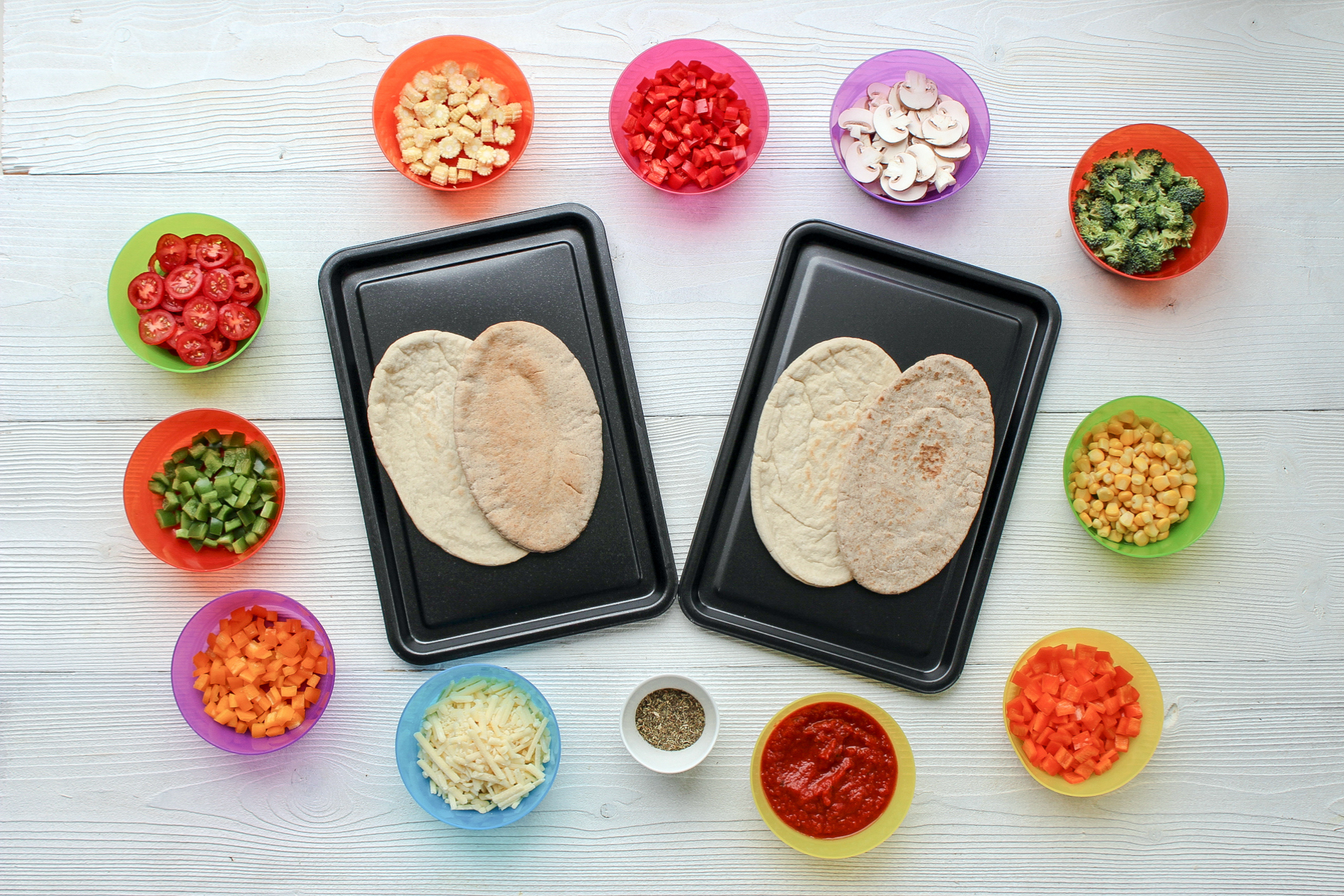
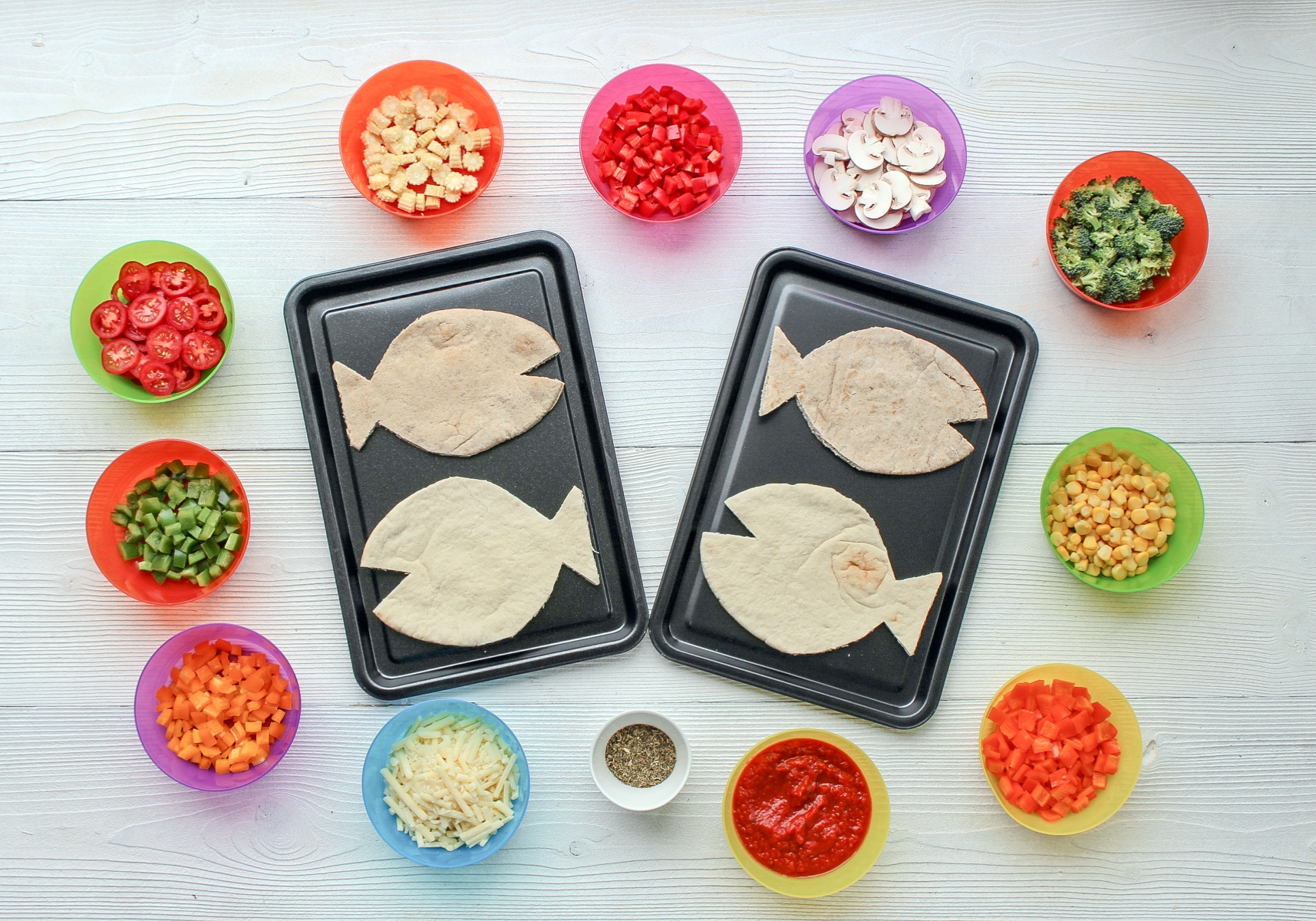
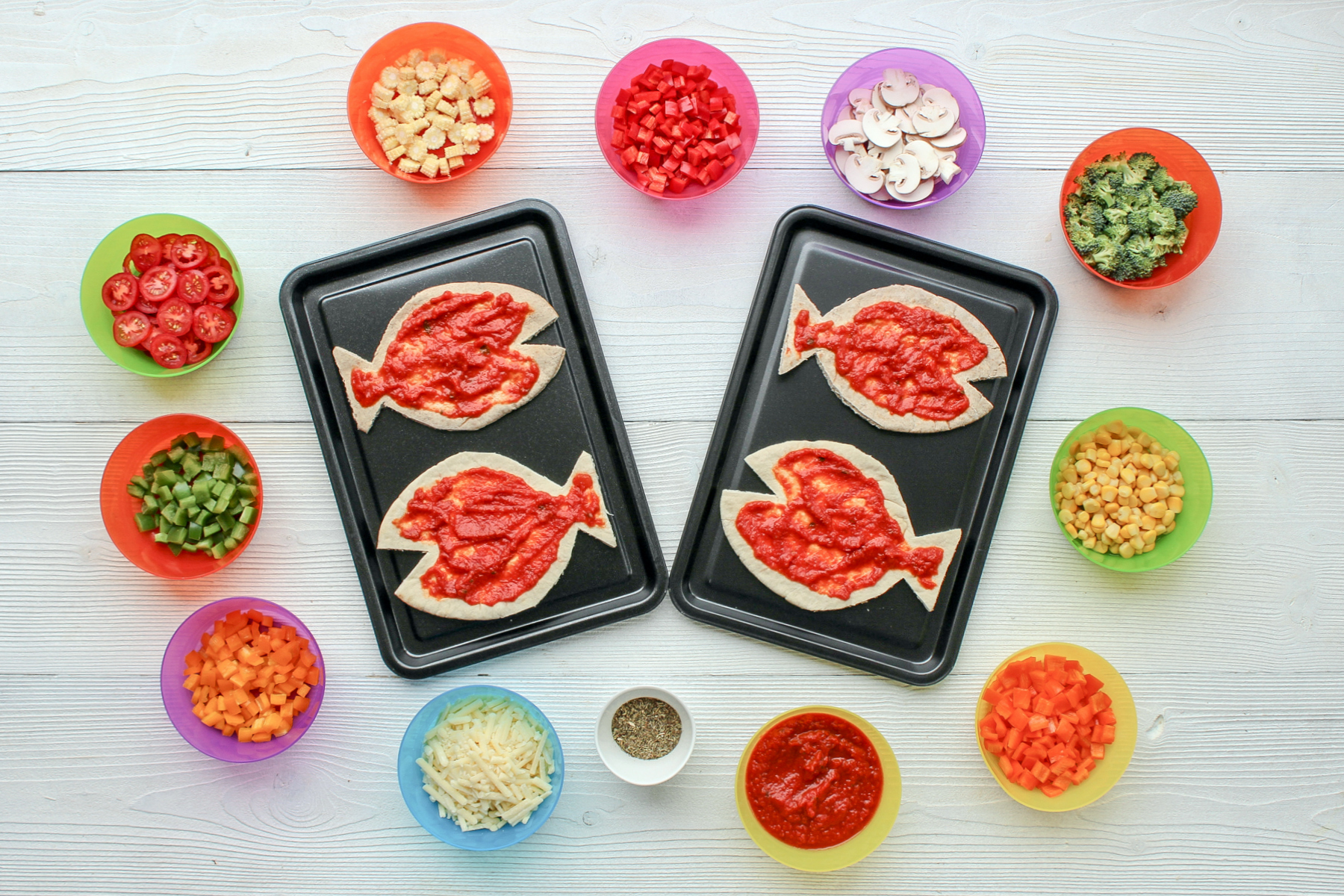

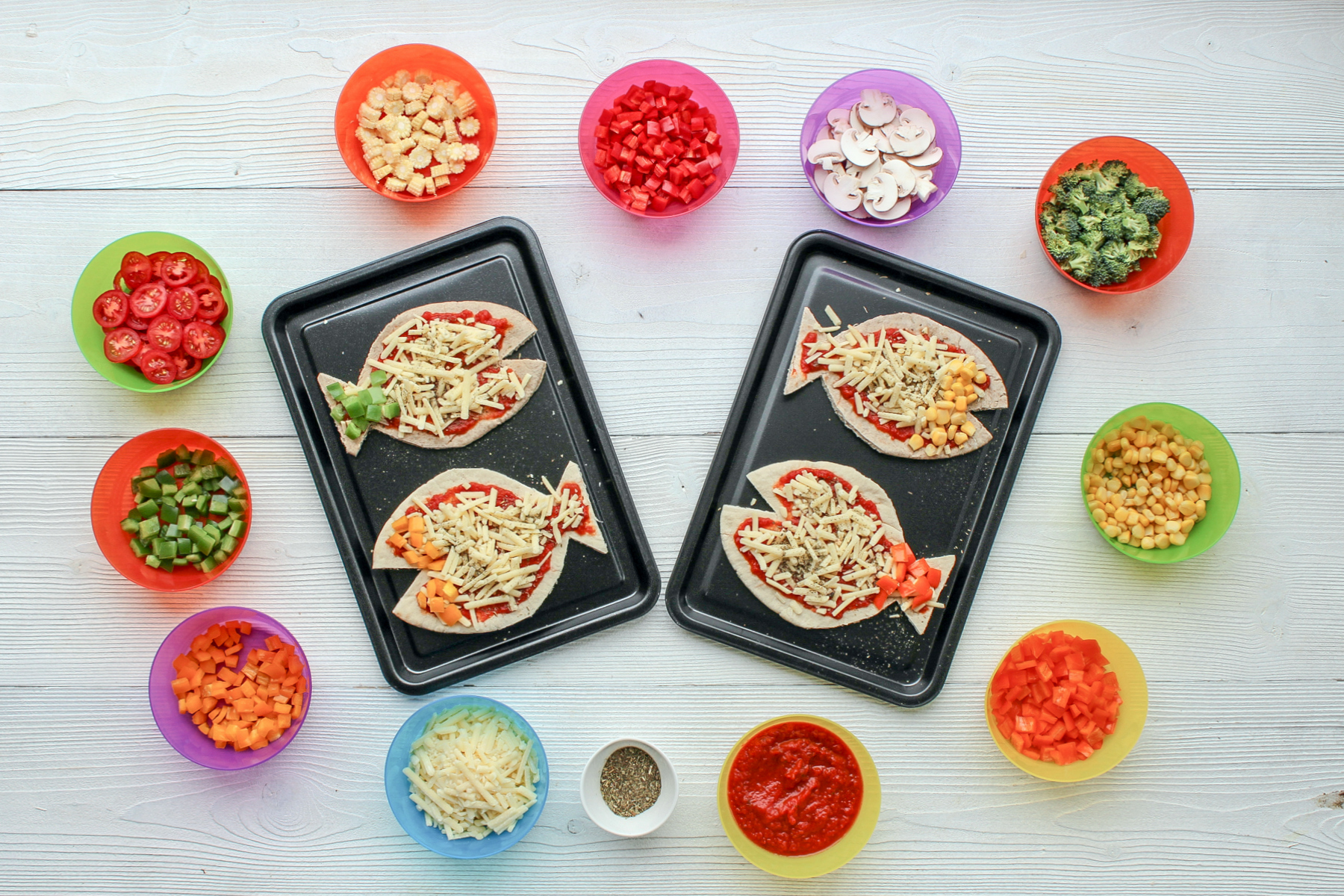
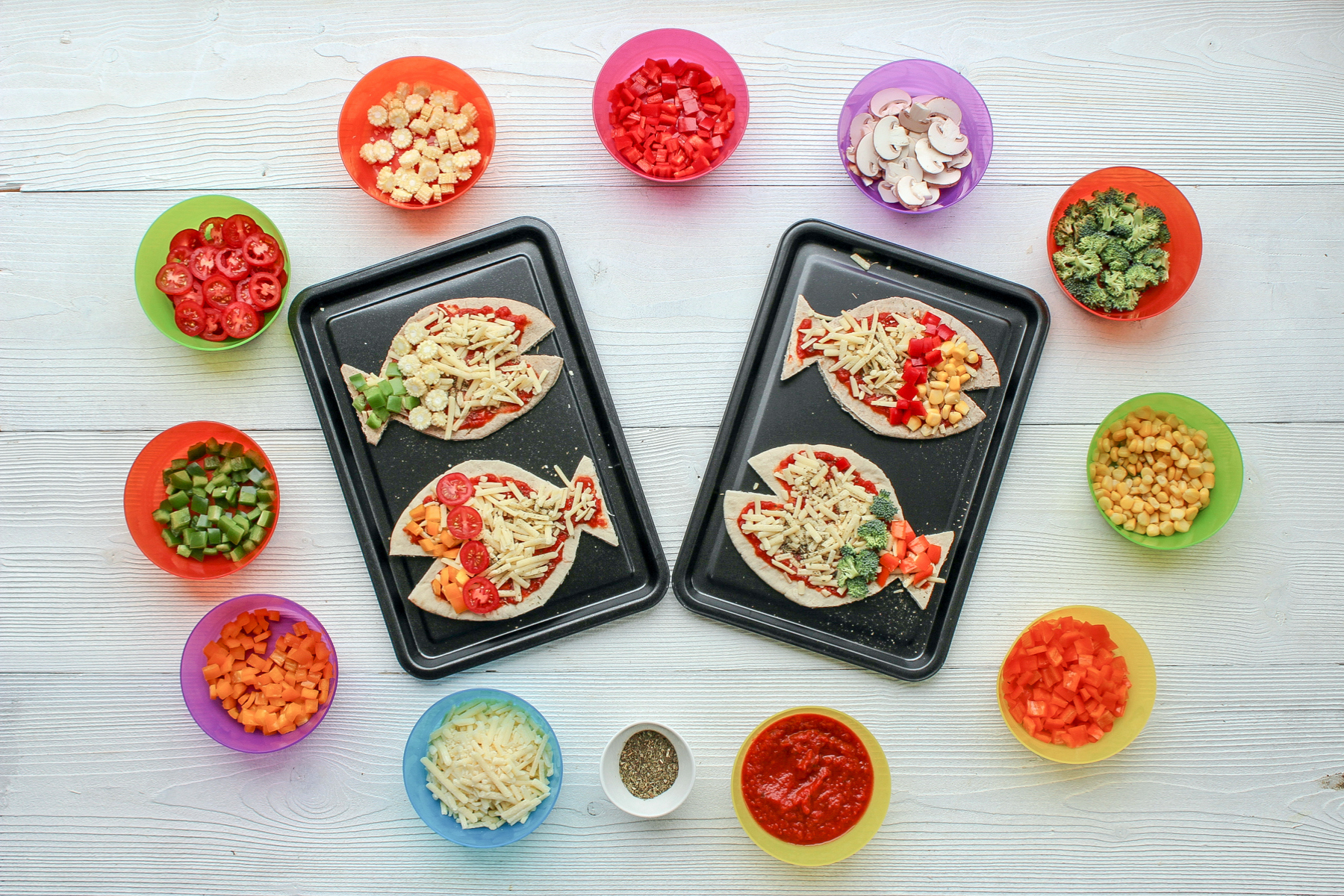
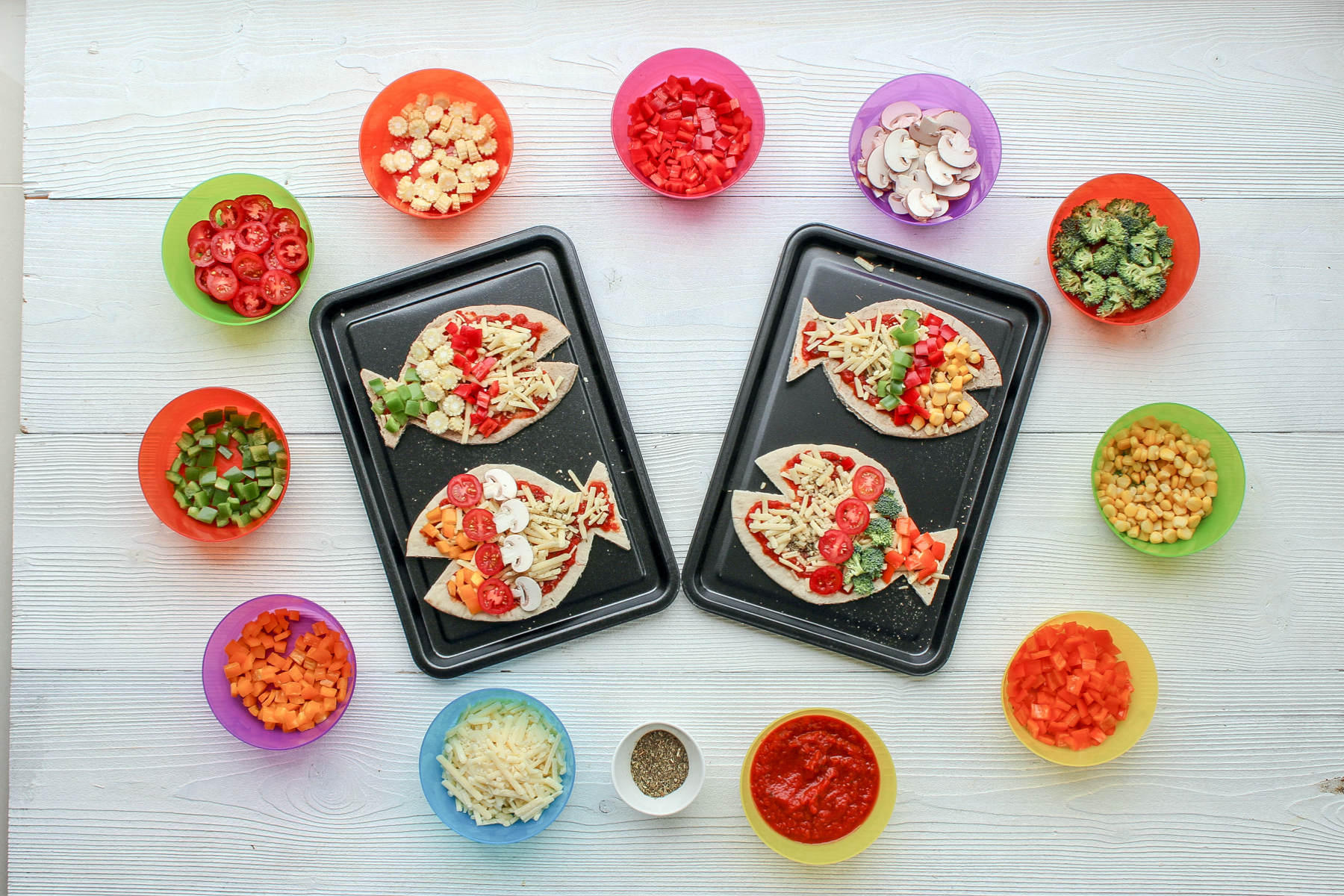
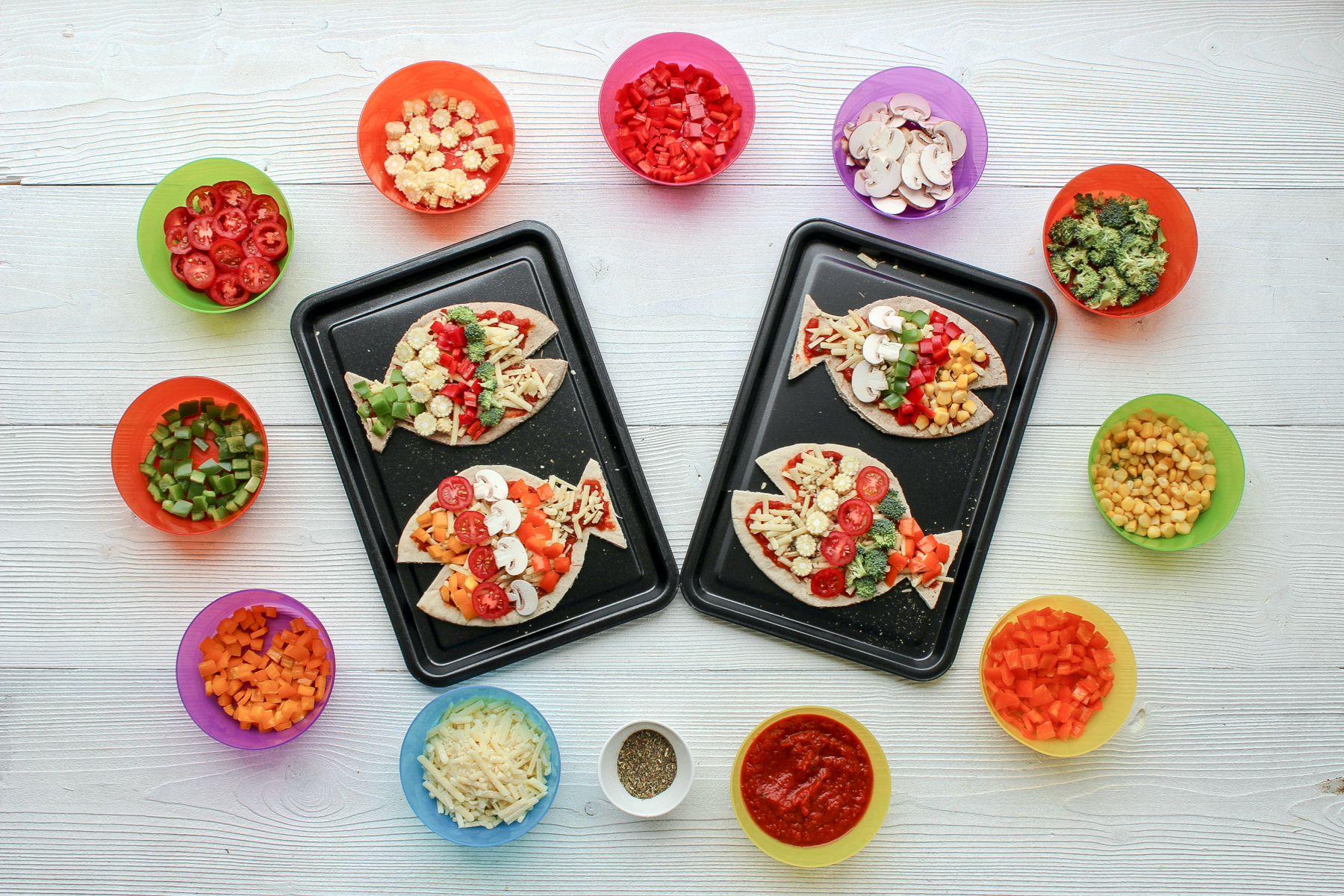
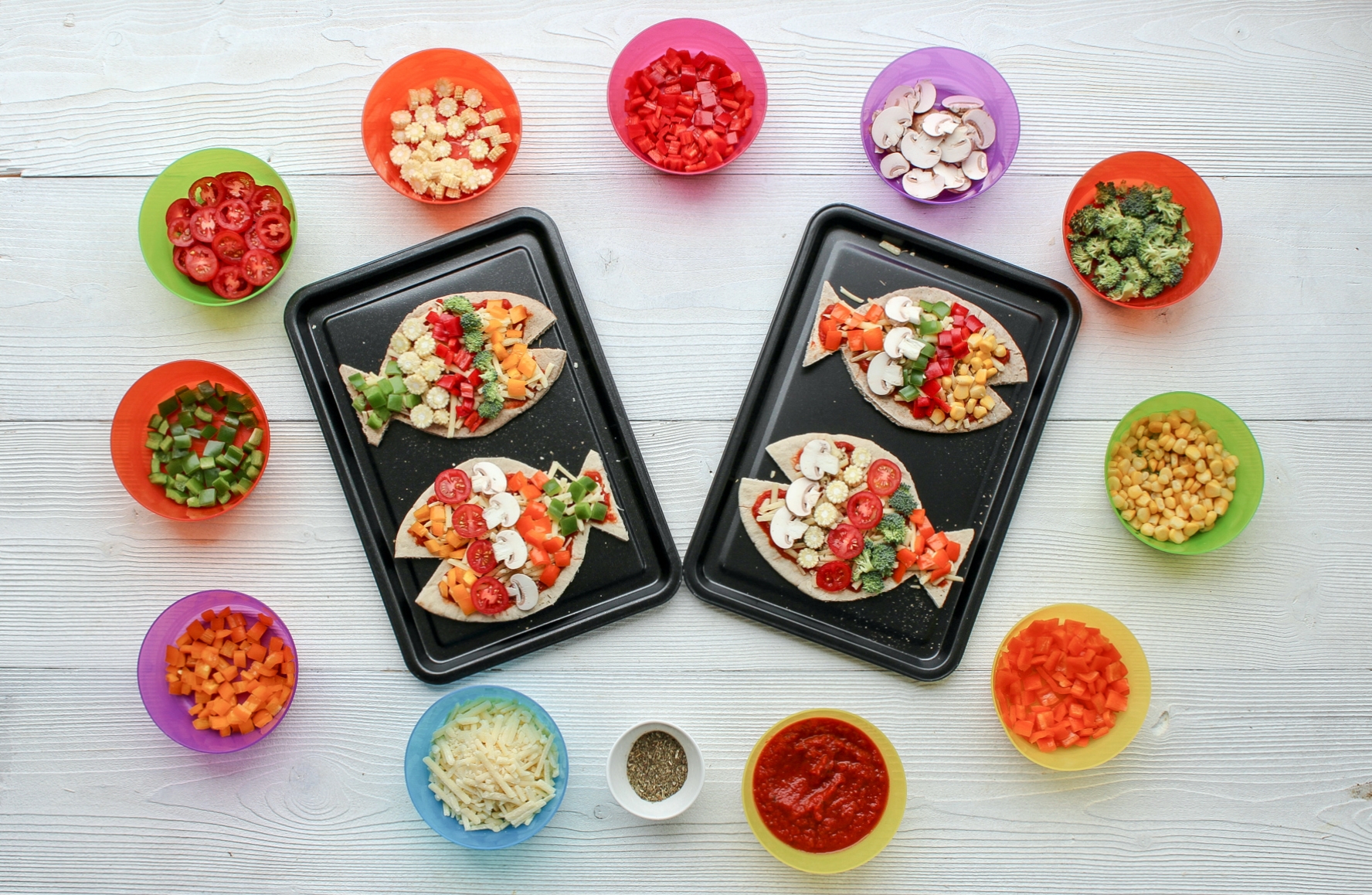
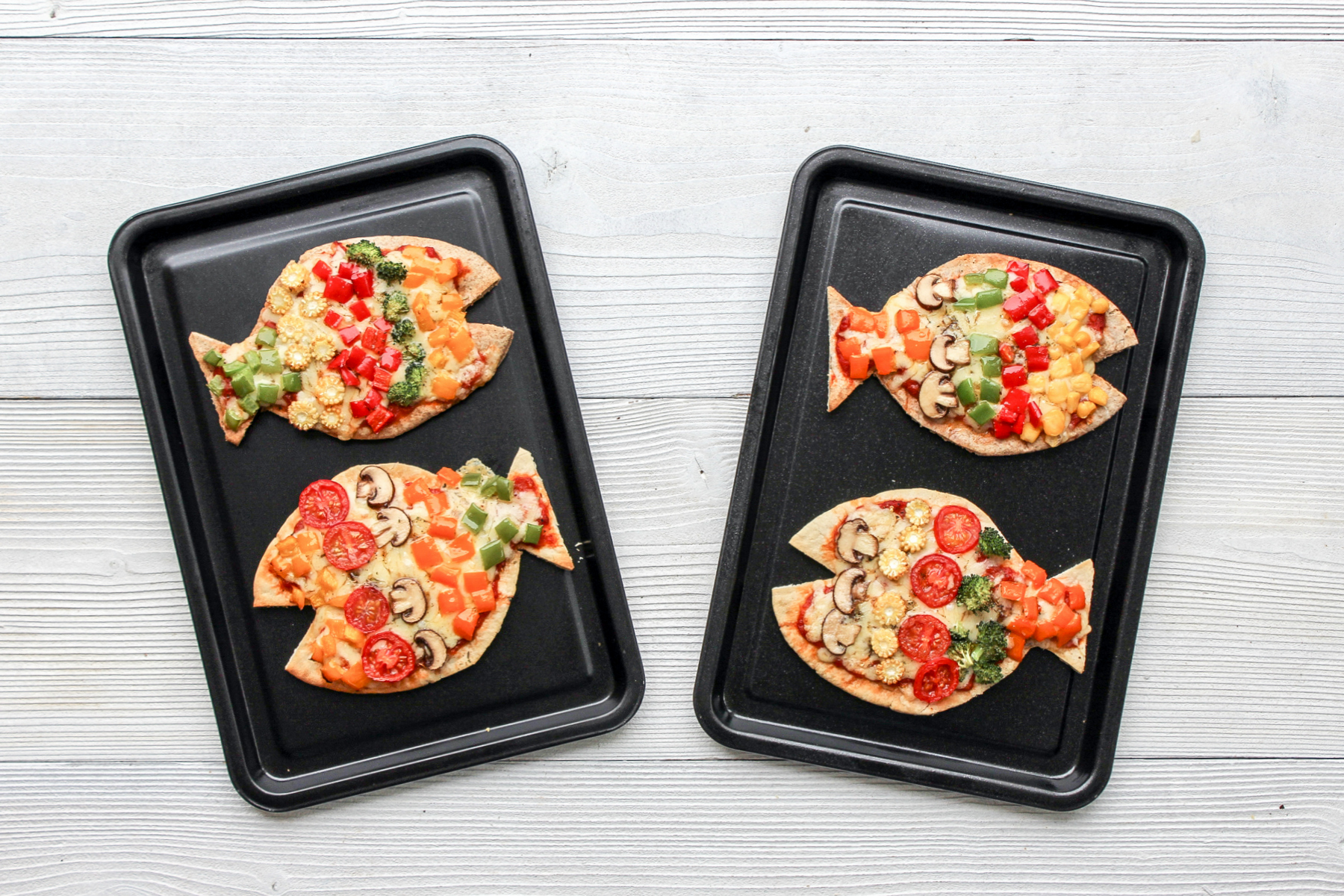
Developing cooking skills:
Encourage your children to do as much of the pizza prep as possible. We’ve highlighted the hands on skills they will be developing below:
Cut the pitta bread into a fish shape using scissors (adult/older child task unless very dextrous)
Spoon and spread pizza sauce (child)
Grate cheese and sprinkle over pizza sauce (child - may need support grating)
Take a pinch of italian herbs and sprinkle over cheese (child)
Prepare veggie toppings - dice and slice peppers, mushrooms, olives (child - younger cooks may need support slicing or offer strips which they can dice/snip with a safe knife or scissors)
Snip spring onions (if using) with scissors (child)
Build your rainbow fish pizza using fingers or a spoon to create colourful (veggie) rainbow scales (child)
Drizzle or spritz with a little olive oil - an oil spray works well for this (child - may need support)
Ask an adult to place in the oven for approx 12 mins (adult or older child)
Wait until cooled and enjoy.
Don’t forget to take some photos and share them with us in the Storytime Chef group (or tag us on instagram #storytimechef #organiccookeryschool)
Enjoy this? Try our Rainbow Fish inspired digestive biscuits.
Where to get hold of a copy of The Rainbow Fish:
Link to Rainbow Fish on Amazon UK Link to Rainbow Fish on Amazon US
Or don’t forget to check your local library.
By shopping with the links we have provided, we may earn a small referral commission which goes straight back into our community outreach projects for vulnerable families It also doesn’t cost you anymore. Thank you!
Solutions for baby CMPA - tips from parents on how to get your baby seen and treated as soon as possible.
CMPA affects between 1.9 – 4.9% of young children and is the leading cause of food allergy in infants and young children younger than 3 years (GP INFANT FEEDING NETWORK), with many growing out of their symptoms by the time they are toddlers. However the journey from diagnosis to treatment (and solving baby pain) can be long and convoluted.
Many mums start with their Health Visitor or GP, and have to return time and time again to be (eventually) referred to a paediatrian, and dietitian.
With such high occurences, we thought it valuable to talk to parents who've been through this, and (just about) escaped intact - many of whom have gone on to blog about their experiences and offer support to other families on this journey.
The aim of this article is to illustrate the recurring point that you know your baby best - and if they have any symptoms associated with CMPA, you have a right to expect these symptoms to be addressed as soon as possible.
We'll be exploring this issue in further depth in our upcoming dietitian-led parent workshop (online on 7th June, book a place here), when Nishti from Nishti's Choice will offer her advice on self-diagnosis tools and resources which will help you evidence your baby's problems to health care professional and get support as soon as possible.
Resources include:
Nishti’s Choice - My Baby’s Assessment (to self diagnose)
Nishti’s choice - My Baby’s Symptom Tracker (to show to your healthcare professional)
The Milk Ladder Symptom Diary (to help you through the milk ladder)
CMPA Food Fact Sheet (to help you check food labels)
Alternative Products for the Dairy Free Diet (to help you pan your meals, especially if breastfeeding)
Book your place on the parent workshop here
But now it's time to hear from the ladies who've been through this.
Emma's story, (from Free From Farmhouse).
It took 9 months to get my son officially diagnosed, despite terrible eczema, frequent doctors visits, a trip to A&E and reactions during weaning. With my daughter I knew from day one but I still had to fight for a diagnosis and dairy free formula. Unfortunately it's such a common story. I interviewed lots of experts for my book about living with allergies, which comes out next year with Allergy UK, and they all know the issues but still have a hard time getting GPs to recognise symptoms.
Nina's story, (from Non-Ige Baby).
It took (sic) around 28 days for my youngest - he couldn’t lay flat for vomiting, his skin was awful and at the point when he struggled to breathe even when bolt upright he was diagnosed. My eldest is still waiting and she’s nearly 3. Luckily she’s able to drink oat milk and is willing to take supplements! I don’t think she’ll ever get any help if I’m honest- it was a battle with my son when the problem was plain as day to everyone who saw him.
Becky's story (from Incredible Isla)
We (sic) sSelf diagnosed after 5 months. Immediate dietitian referral who has been amazing in helping us through multiple severe food allergies .
Laura's story (from Five Little Doves)
(It took) 12 months with my first daughter and 9 months with my second. My second daughter was in and out of hospital for 9 months before they finally took it seriously and ended up really unwell. I wish I had pushed harder.
Sarah's story (from Mummy Cat Notes)
It took six months to finally get a diagnoses with my son, none of the doctors believed me and I had to change his milk that was recommended to me by a friend to show that milk was effecting him and they finally accepted it. it’s shocking how it’s one of the most common childhood allergies but no one believes it.
Laura's story (from Edinburgh With Kids)
It took (sic) 14 months here. After an initial hospital visit at 3 months due to a lot of vomit, we were in and out of doctors visits as she went from vomiting and weight loss to chronic constipation, finally got referred to allergies at about 9 month but another 5 to actually be seen.
Zoe's story (from Mummy and Liss).
It took months for me to get a diagnosis for my daughter, I knew it was more than 'just colic' and I was right. In regards to speeding up the process of a referral.. just keep on at them, it sounds bad but do not back down or you will be turned away.. hang in there & just know that you're not an annoyance, you're doing what's best for your baby
Lauren's story, (from Dilan and Me).
It took several months here. My little boy was sick all the time (actual puddles of sick everywhere we went), then his weight gain flat-lined. He fell below the second centile and was diagnosed as “failure to thrive” but no one knew why. I began to suspect CMPA as a friend's baby just had that diagnosis. At 6m we started BLW and he had some chicken cooked in a cream sauce, then immediately came out in hives everywhere it had touched. Luckily he hadn’t ingested any. We both cut out dairy and soya immediately (I was Breastfeeding) and his sickness stopped, and his weight shot up. So basically it was completely diagnosed by myself with very little healthcare professional support. I was dairy and soya free for 2 years until he self weaned, and he’s very very slowly progressing up the milk ladders now at 4.5.
I advise mums to research as much as they can for themselves, and to read the MAP guidelines which health care professionals should be following. Unfortunately you have to be quite pushy and really advocate for your child to get the support you/they need, but I find showing a GP the guidelines in black and white tends to get them to act and actually refer you to wherever you need. For breastfeeding mums in particular a dietician referral is recommended because it’s important someone is monitoring their diet too for all the correct vitamins and nutrients x
Lauren has created a really helpful Dairy and Soya Free Treats list (perfect if you are breastfeeding).
Samantha's story (from Serenely Sam)
It took around 4 months for my daughter to be diagnosed. I know thats a lot faster than some but it was only thanks to my amazing health visitor. My GP was very dismissive and wouldn't listen to any of my concerns about my daughter's symptoms. She was being sick all day, explosive nappies all day, she was writhing in pain during every feed, had blood coming from her bum on a few occasions, and also had reflux. The GP refused to look passed the reflux, even when she knew that CMPA ran in my family! My Health visitor's hands were tied really as I had to go through my GP but when the GP wouldnt help, and my daughter was so ill, she referred us to a dietician herself as an emergency case. My daughter was prescribed Similac formula which immediately helped her.
Nathalie's story (from The Intolerant Gourmand)
My son had a severe allergic reaction and was rushed to A&E at 8 weeks old. But it took until he was 16 months old, and 3 further severe allergic reactions where we almost lost him, before he was finally diagnosed with multiple severe allergies, including CMPA!
I now work with a number of clients creating allergy safe recipes, lecturing with leading Paed Consultants at various conferences across Europe to help them better understand the impact of diagnosis and the time taken for diagnosis, and coach parents and children to help them to live positively with allergies.
Don't forget to join us on 7th June 2018, for our live parent/dietitian workshop. Tickets cost £10 and are limited in number.
Thank you to all the bloggers who shared their experiences in this post. Please check out their websites and let them know we sent you :)
Baby Led Weaning Q & A with Gill Rapley and Tracey Murkett
About our guest experts:
Gill Rapley, PhD, pioneered the Baby Led Weaning approach to introducing solids to babies and now speaks on the subject at conferences worldwide. Her studies have shown how babies move on to solid food naturally, motivated by curiosity and the instinct to copy those around them.
Tracey Murkett is a freelance writer who discovered the baby-led weaning approach when her daughter was a baby. She has written widely on the topic both in print and online.
Gill and Tracey are the authors of Baby-led Weaning: Help your child to love good food, The Baby-led weaning Cookbook, Baby-led Breastfeeding: How to make breastfeeding work with your baby’s help, and Baby-led Parenting: The easy way to nurture, understand and connect with your baby. [1]
Gill Rapley and Tracey Murkett kindly agreed to answer the following questions about baby-led weaning, submitted by parents attending The Organic Cookery School’s ‘Cooking for Baby’ community cookery and nutrition courses.
Part One:
I’d like to give my baby foods that need a spoon as well as finger food. So is it ok to spoon feed these until he can use a spoon by himself?
If your baby is used to you letting him feed himself he may find it confusing to suddenly have that control taken away from him. There’s no need to actively spoon feed a baby anyway – there are plenty of ways of sharing soup, yoghurt or other runny foods that will allow your baby to remain in control over his eating. For example:
- He can use his hands, provided you don’t mind the mess.
- You can offer him another food to dip into the runny food – a stick of cucumber, say, or a finger of toast.
- You can pre-load a spoon and offer it to him to put into his mouth himself, or let him guide your hand with you holding the spoon (as long as he is truly in control)
- If the food doesn’t have any lumps, and isn’t too thick, he could ‘drink’ it from a small cup (this can work well for yoghurts and smooth soups).
For your baby, the chance to copy and learn is more important than whether he manages to get any food into his mouth, so let him have a spoon to play and practise with, and try not to worry about how much he actually eats.
However, runny foods aren’t essential to a baby’s diet (or anyone else’s!) and many parents simply choose to wait until their baby can manage a spoon by himself before offering this type of food.
I’m worried about meat as my baby doesn’t have many teeth so how does that work?
It’s a good idea to offer your baby meat as soon as he starts exploring solid foods, since it’s a good source of iron, which is the nutrient most babies begin to need first, in addition to their milk feeds. Most babies who have no teeth at all can manage strips of chicken or moist, lean beef or lamb, and there are lots of ways to prepare meat so that it is easy to chew. For example, minced meat can be made into patties or burgers, or you can slow cook meat in chunks, so that it is soft. Even chewing and sucking on something like a lamb chop will give your baby access to iron, even if she doesn’t actually bite off or swallow any of the meat.
I’ve watched some videos and it looks really messy. I really like the idea of this but not the mess. Have you any tips on keeping this to a minimum.
There’s always mess at some point with babies and food, whether you do BLW or spoon feeding. It’s just that with BLW the mess happens at the start and as a result can seem more dramatic than with spoon feeding, where the mess tends to happen a little later. The messy bit tends to be short-lived with BLW and parents who have tried both approaches often report that picking up a piece of food with BLW is far easier than scaping puree off the wall! Toddlers who’ve had the opportunity to develop their eating skills at their own pace seem to make less mess than others. Being able to explore food by touch as well as taste is an important part of how babies learn to recognise different foods and to manage a range of textures safely, so the long-term benefits far outweigh the short-term mess. Having said this, there are things you can do to make the mess easier to manage:
- Cover the floor underneath your baby’s chair with something that’s easily washable, such as a plastic sheet or tablecloth.
- Choose a highchair that’s easy to clean, rather than one with lots of padding and crevices.
- Dress your baby in as few clothes as possible – and plan bath-times for after meals, not before.
- Don’t overload your baby’s plate or tray with food, or keep adding to it when it’s clear he’s lost interest. A few (different) pieces of food at a time will give him the chance to explore without being overwhelmed.
Most babies don’t mind the mess and simply want to concentrate on their food, so wiping your baby’s hands or face while he’s eating is likely to annoy him or make him frustrated. Mealtimes will be more relaxed for everyone if you expect lots of mess and save cleaning it up till the end of the meal.
What are the easiest options to take out when I’m in a cafe or at a friend’s house and don’t have much time/space to BLW.
Just as at home, your baby will be able to eat anything that he is able to pick up. There are usually plenty of things suitable on a café or restaurant menu – even if it’s just a side order of vegetables. It may not be your baby’s usual well-balanced meal but, for the odd occasion, it will be fine. Very salty or sweet things should be avoided – and sauces too if you want to minimise mess! Food on the go can be anything that travels well such as fruit, and sandwiches or savoury scones. Previously cooked meat or vegetables are OK too, provided everything has been safely stored. Babies don’t mind cold food!
I’m due to return to work after Maternity leave when my baby will be 9 months old. I’ll be using a nursery on a couple of days and grandparents on others. I want to make sure whoever is looking after my daughter can easily pick up the weaning methods I’m using, and I’m worried that the grandparents will expect me to provide foods that can be largely spoonfed. Have you any advice?
The first thing to do is to have discussions with both the nursery and your baby’s grandparents about the BLW approach – they may be more receptive to the idea than you expect. If possible, let them see BLW in action, so that they can appreciate your baby’s skills and see how you interact with her when she is eating (e.g. offering food rather than giving it, eating with her, allowing her to decide when she’s had enough). The main safety points are important (such as making sure she is sitting upright and no one but the baby puts food into her mouth), along with respecting both your daughter’s abilities and her appetite.
If they are not willing to allow your daughter to feed herself, they can simply mash whatever food you provide and offer it by spoon. In this case, explain to them that it’s important not to persuade her to eat more than she wants or faster than she wants, and to allow her free access to breastmilk or formula. Most babies adapt to different approaches from different people but some become frustrated or refuse to be spoon fed. This usually prompts the carers to think again about the value of spoon feeding but, if not, it may result in the baby refusing solid food except when at home. If this should happen, provided you offer your baby some iron-rich finger foods at least once a day she will be fine on milk alone while she’s away from you.
Gill Rapley and Tracey Murkett, February 2018
We continue this Q & A next week with a further five parent questions on the topic of baby-led weaning, and a selection of our favourite family friendly recipes perfect for baby-led weaning.
If you’d like tips and advice on starting the weaning process, or are a health visitor or parent organisation who’d like to find out more out our online and community weaning courses, sign up below.
Video from Sorry About The Mess, a blog by London mum Chloe Bridges (via Youtube)
References:
[1] author info taken from Baby-led Weaning Quick and Easy Recipe Book
Ask the expert - we talk to an oral health expert about the best ways to look after your family’s teeth and avoid child tooth decay and extractions.
The dental health of children, including issues such as tooth extractions and decay are currently making headlines for all the wrong reasons. Numbers of child tooth extractions are up, causing what must be for many children, a great deal of unnecessary stress and discomfort, as well as putting additional pressure on the NHS.
Hospitals extracted multiple teeth from children and teenagers in England a total of 42,911 times – 170 a day – in 2016-17, according to statistics obtained by the Local Government Association
As a parent, and someone who spent a lot of time in the dentist’s chair from the age of ten (due to two broken front teeth rather than cavities), this worries me deeply not only because I know just how distressing and painful dental work is, but also because for most, it is avoidable.
I’d like to think I’m a well informed parent, but these statistics make me wonder just what’s missing in our parenting education, for this problem to be growing so dramatically.
Yes, we need to give our children less sugary foods.
Yes, supermarkets need to stop promoting sugary food.
But as well as dietary choices, how much do parents really know about the best ways to care for their children’s teeth?
As a parent educator, I also know it’s something that other parents lack confidence in too, especially those who have babies starting solids or preschoolers.
Is there enough support and information to support parents right from when a baby starts solids, through to when a child is left to brush their teeth independently?
With this in mind, I decided it was time put some of our parent questions to an expert, and I am very grateful to Samantha Glover, Dental Public Health Program Manager at Public Health England, for taking part in the following Q and A. All questions were submitted by The Organic Cookery School’s Parent Focus Group.
This first question came from Isabel, who like many parents often gives homemade smoothies as a way to boost her children’s intake of fruit and veg (particularly spinach, which as we all know becomes infinitely more acceptable to a child blitzed up with fruit)
Q: Are smoothies really bad? Are they better if drunk through a straw?
A: It is so much better to eat whole fruits; when you blitz the smoothie you release the sugars which can damage your teeth.
These can also be quite acid, leading to enamel erosion. If you are going to have a smoothie or any drink that is not water or milk, drink it with a meal and over a short period of time. The worst thing you can do is sip these drinks throughout the day as it means the damage is continual rather than being in one hit.
If straws reduce the amount of time a sugary drink is in contact with teeth, then yes, but this is reduced if being sipped over a long period.
Find out more on this topic here
Amy wanted to know whether it’s better to offer smoothies at a particular time of day.
Q: Is it better to give a smoothie in the morning (because you can brush teeth after)
A: Give it with a meal and stick to water or milk in between meals. Do not brush your teeth for 45mins after you have eaten or drank anything. Once you eat or drink the sugars and acids in the food form an acid which attacks the enamel. Over the next 45 mins your saliva with help neutralise this acid environment and bring the PH back to a neutral level. At this point it is safe to brush again. If you want to help you teeth drink some water after eating or drinking.
Find out more on this topic here:
Lianne has a toddler and school-aged child and wanted to know how important it is to use toothpaste targeted at different age groups.
Q: Do I really need different toothpastes for all the different ages? Does it matter if my two year old and 8 year old have the same one?
A: The difference in ages for toothpaste is the fluoride content. Children from 4 years old who are developing their adult teeth benefit from the higher dose of fluoride (1450ppm). This is the same for all children older than this. With children 4 and above use a pea sized blob. Children under this age use just a smear. Rub the toothpaste in to the toothbrush so the child doesn’t just suck the paste off the brush and swallow it.
Find out more on this topic here:
Lianne also asked about mouthwashes targeted at children.
Q: Do my children need to use children’s mouthwash?
A: Children should not need to use a mouthwash unless recommended by their dental professional. After brushing the teeth for two minutes with a fluoride toothpaste spit out the bubbles but do not rinse. You want that fluoride to soak in to the enamel to help keep it strong. If you rinse with water or mouthwash you will wash all of this away. The child’s saliva will slowly wash this away once it has done its job.
Monika wondered about whether toothbrushes need cleaning.
Q: Should I clean my child’s toothbrush (eg sterilise it)?
A: No, toothbrushes should be replaced regularly. Every three months is recommended but if yor child has been sick or been unwell replace the toothbrush before. Use a toothbrush cover once the brush is dry or keep them in a cupboard. Do not use each other’s brushes. It is always best to replace than try and sterilise or disinfect a brush. Just rinse the bristles well after use and leave to try.
Find out more on this topic here:
Inga wondered about the effects of dried fruit on teeth, especially as a playtime snack or at lunch.
Q: Can I give my children dried fruit snacks during the day?
A: Dried fruits such as raisins are very concentrated sugar and stick so they stay on the tooth surface for a long time. Try to limit snacks to two a day (100cals) and drink plenty of water after a snack to help clean the mouth.
Find out more on this topic here:
Ines posed a great question about foods that might help neutralise sugar acid during the day.
Q: Does cheese (or any other food) neutralise sugar acid?
A: Yes to a degree. Low acid and sugar snacks include rice cakes, cheese and milk. These can be a good addition to the diet and water and milk are a good option after something acidic or with sugar.
Find out more on this topic here:
Chloe, one of our ‘Cooking for Baby’ mums asked about babies and teething.
Q: Is it ok to let my baby chew her toothbrush when teething?
A: Teething rings are better for long term chewing but introducing your baby to a toothbrush whilst they are teething is a good idea, they can get used to the feeling of the bristles so this feels more familiar when you start to brush the teeth. Children should be supervised to brush up to the age of 7.
Sam wondered whether her son’s current dental routine was linked to recurrent bad breath.
Q: My child has bad breath, but we clean teeth regularly, are we doing something wrong?
A: Bad breath can be a sign of a throat or stomach problem. Take the child to check that the teeth and gums are clean and healthy. If this is the case then check with your GP. Often when a child has a throat infection or stomach problem it can cause a bad taste and smell in the mouth.
We also asked about rinsing with water.
Q: Should my child rinse with water or leave some toothpaste in their mouth after brushing?
A: Spit don’t rinse (see above)
And whether Samantha had any specific advice on sippy cups/giving up bottles.
A: Children should be encouraged to drink from a free flowing cup from 6 months. This will help with keeping the teeth healthy as the liquid is not pooling in the mouth and is in contact with the teeth for a shorter period of time. It will also help with speech development as different muscles are used to drink from a cup.
Find out more on this topic here:
References and further reading:
http://www.child-smile.org.uk/parents-and-carers/birth-to-3-years-old/babys-first-drink.aspx
https://www.dentalhealth.org/tell-me-about/topic/childrens-teeth/dental-erosion
https://www.nhs.uk/change4life#MsVPe9pEpZt601xt.97
https://www.dentalhealth.org/tell-me-about/topic/childrens-teeth/dental-erosion
We also asked Samantha for her favourite children’s books to encourage children to brush their teeth and allay worry about going to the dentist. Read about her recommendations here
Best books to encourage your children to brush their teeth (and eliminate worry at the dentist)
As parents we all want our children to understand the importance of brushing their teeth properly, but the natural consequence of not doing so (tooth decay, drilling, filling, gum disease and even tooth extractions) are pretty scary. Most of the dentists I’ve visited have been brilliant with my daughters but it can still be a little scary, particularly if you have an anxious child.
The following book list has been put together by myself and Samantha Glover, Dental Public Health Program Manager at Public Health England, who recently answered parent questions about the best ways to look after your children’s teeth.
When choosing stories on a dentist/tooth brushing theme, Samantha tries ‘to steer away from books that link the dentist with toothache i.e ‘little princess had a terrible tooth ache so she went to the dentist to get it fixed’. We want young people to get used to going to the dentist (from one year old) as a routine thing not related to pain or anxiety.’
The following books are all available from Amazon, and should be accessible from your library too.
You can read the full article, Ask the expert - we talk to an oral health expert about the best ways to look after your family’s teeth and avoid child tooth decay and extractions, by clicking this link.
Disclosure: This post may contain affiliate links. The Organic Cookery School may receive a small commission at no cost to you when you make a purchase using affiliate links.
Peach Melba Chia Pudding
Here’s the second recipe in our series of chia seed puddings which are perfect for babies (over 6 months), toddlers and big kids too! Based on a classic peach melba, it’s perfect for summer months when peaches and raspberries are plentiful.
100 million times better than a processed kids’ dessert, it’s also got the thumbs up from Abby, our registered dietitian.
“This delicious dessert is bursting with vitamin C and fibre from the combination of fruits. Chia seeds add omega 3 to help healthy brain and heart development. They also provide healthy protein for normal growth and development.”
With no added sugar and vitamins and minerals galore, you'll want to try this with your fussy eater too.
Healthy Valentine Recipes Your Kids Will Love
We love Valentine’s day at The Organic Cookery School. Partly because it often falls in our February half term (so extra time for kids’ baking classes!) and because it’s Lucy’s wedding anniversary (awww!) on the 14th.
So whether it’s a weekend or school hols activity, Valentine’s is a perfect time to get hands on in the kitchen with your little ones.
Here are some our our favourite health(ier) recipes for Valentine’s.
These raspberry yogurt mousse pots from Eats Amazing are super quick and lower sugar than your average dessert.
Peanut Butter fans will go crazy for Healthy Little Foodies Raspberry Peanut Butter Freezer Bites
More than Just Carrots have also rethought the Jammie Dodger, with a strawberry chia jam and wholemeal hazelnut biscuit.
Frozen strawberries work perfectly in these healthy Strawberry Breakfast Bites from My Kids Lick The Bowl with oats, coconut and sunflower seeds.
All About Kids have reinvented the traditional Jammie Dodger with raspberry chia jam. Yum!
And if hummous is your thing, you can’t go wrong with this Beetroot Hummous recipe from Baby Gram
And Valentine’s is one time when breakfast balls needn’t just be for breakfast! Healthy Little Foodies’s Raspberry and Coconut ones look delicious and are perfect for little hands to roll.
Lucy and Clare over at The Happy Weaner have plenty of ideas for cute Valentine snacks
But one of our favourites has to be these super cute Valentine apple love bugs from Grace at Eats Amazing Who could resist?
We hope that’s given you a little inspiration for 14th February and we’d love to hear if you try any of the above.
Poop problems – we talk to a registered dietitian about how to help your constipated child & when to worry about diarrhoea
Digestive issues in Children – a guest article by by Abby Ixer, RD
Your child’s digestive system is a complex system that turns food into the energy their body needs to develop and grow. Effective digestion is key to good health. Throughout a child’s life, the gut is exposed to outside factors which may cause unpleasant side effects, such as diarrhoea or constipation. These can often be worrying for parents, but are often harmless and can be treated effectively. This article aims to summarise the main things to consider if your child is suffering with digestive problems and how to treat some of the more common ones.
Constipation
Constipation is surprisingly common in children, with roughly one third suffering at any one time. Constipation can usually be managed at home through diet and lifestyle changes.
How to spot signs of constipation?
Your child may be constipated if:
- They don’t pass stools more than three times a week.
- Their stools are often large or very firm.
- Their stools look like ‘rabbit droppings’ or small pellets.
- They suffer from loss of appetite.
- They lack energy.
- They suffer stomach pain or discomfort.
- They seem irritable or generally unhappy.
How to prevent and treat constipation:
If you suspect that your child might be suffering with constipation, it is always best to take them to your family doctor to rule out anything more serious. It is essential to get advice early, as the longer it goes on for the more difficult it is for bowel habits to return to normal. Diet and lifestyle changes are usually the first treatment for constipation, but it might take a while for these changes have a significant effect, so it is important to be patient.
Ensure adequate fluid intake. Encourage regular sips of water throughout the day.
- Ensure that your child is given a varied diet to include plenty of fibre. Fibre rich foods include fruits and vegetables, wholegrain products such as bread and cereals, oats, seeds, beans and pulses. It is best to introduce fibre slowly and in small quantities to avoid nasty gut side effects. Be aware that wholegrain foods are not suitable for children under two years of age, as they tend to fill them up before they have consumed enough calories. Avoid giving children under five solely wholegrain products alone, so include a mixture of different types. For young children, try giving pureed apple as a dessert or chopped strawberries as a snack.
- Avoid over feeding. Children who are fed too much are more likely to suffer with constipation, especially if they don’t get enough fluid. Ensure portion sizes are appropriate for their age. For more information about portion sizes for child, see the ‘Useful Links’ section.
- Encourage your child to take part in gentle exercise and remain active.
- Try to remain calm and reassuring. Avoid creating a stressful toilet environment and give them enough time so that your child doesn’t feel anxious about going to the toilet.
What about babies?
For babies who haven’t started to eat solid foods, give them extra water in between their normal feeds. If your baby is eating solid foods, make sure they drink plenty of water or diluted fruit juice in between meals. Try to include small amounts of fruit as well. This can be chopped or pureed depending on their stage of weaning. To help encourage bowel movements, you can also try gently massaging their stomach.
When should I be concerned?
If you are concerned, it is always advised to speak to a GP for further guidance. If you notice any of the following, you should see a GP urgently.
- Bleeding from the back passage or in stools.
- Persistent tiredness.
- Unexplained weight loss.
- Other gut symptoms such as intermittent diarrhoea or vomiting.
Diarrhoea
Diarrhoea can be unpleasant and uncomfortable for children, although in most cases there is nothing to worry about. It usually affects most children at some stage of life and can usually be treated at home without the need for medical intervention.
How to prevent and treat diarrhoea?
- Ensure adequate fluid intake. Diarrhoea can lead to dehydration, so it is essential to replace any lost fluid as soon as possible. It is often more effective to give smaller amounts of fluid more frequently. Avoid fruit juice or fizzy drinks as these can often make symptoms worse. Encourage your child to take regular sips of water throughout the day.
- If your child is dehydrated, consider giving them an oral rehydration solution. This can help to replace lost fluid and nutrients. It is usually advised to give this to your child after each bout of diarrhoea. Speak to a GP or pharmacist before using these to ensure the correct dose is given.
- Make sure they get plenty of rest.
- Anti-diarrhoea medications are not usually necessary and most types are not suitable for children.
When should I be concerned?
Usually, diarrhoea will clear up by itself within five to seven days. However, if your child has any of the following, you should speak to a GP straight away.
- More than six episodes of diarrhoea in the past 24 hours.
- Persistent diarrhoea lasting more than seven days.
- Symptoms of dehydration. These include dizziness, dry mouth, cold or blotchy hands, dark coloured urine or low urine output.
- Blood in stools or from the back passage.
- Very watery stools.
- Severe stomach pains.
Tips for children with a stomach bug
- Encourage your child to start eating solid food as soon as they are able to. Start with small amounts of plain food, such as bread, soup, pasta or potato. For babies, continue to feed as normal.
- The priority for a child with a stomach bug is to prevent dehydration, so avoid giving them any solid food until they have drunk enough fluids. Once they stop showing signs of dehydration, they can resume a normal diet again. If they do not feel like eating, continue to give them plenty of fluids and wait until their appetite returns.
What about probiotics?
Probiotics are live bacteria, usually described as ‘good’ or ‘friendly’ bacteria. They are often added to yoghurts and are thought to help restore the natural balance of bacteria in the gut. Probiotics may be beneficial in some cases, for example there is fairly good research to support the use of probiotics for children whilst taking antibiotics. Antibiotics can reduce the amount of friendly bacteria in the gut, causing adverse side effects including diarrhoea and bloating. Taking probiotics may help to replace the bacteria lost as a result of antibiotic use. More research is needed to support the claimed benefits of probiotics, as it appears that people respond differently to different strains of bacteria and the evidence is not strong enough yet to recommend them as a treatment.
Summary: general tips for good digestive health
- Ensure adequate fibre intake to prevent constipation. Try adding beans to soups or stews or give your child vegetables sticks with hummus as a snack. A great way of boosting fibre at breakfast is to mix a high fibre cereal with your child’s favourite, choose wholegrain options where possible and try to keep skins on potatoes.
- Eat plenty of fruits and vegetables. Aim for 5 portions a day, but always start small and build up gradually. As a general guide, one portion is roughly the size of your child’s fist. Try adding a small handful of dried fruit to porridge or add a few cherry tomatoes to their lunchbox. For older children, keep pre-prepared fruits and vegetables in the fridge, such as pre-chopped fruit salad or chopped celery for a snack. For fussy eaters, hide chopped vegetables in pasta dishes. The Change4Lfie website provides other useful tips for boosting fruit and vegetable intake (link below).
- Ensure adequate fluid intake. Water is best, but diluted sugar free squash is also an option.
- Avoid caffeinated drinks. Caffeine can have a laxative effect, so avoid giving to your child in large amounts. The obvious sources are tea and coffee, but also be aware that fizzy drinks often contain large amounts of caffeine.
- Ensure that your child eats regular meals and encourage them to eat slowly at meal times to avoid swallowing excess air, which can cause gas and bloating.
- Give your child small portions to prevent overeating, which can cause bloating or wind.
- Avoid fatty, rich or spicy foods, as these can irritate the gut.
- Keep a food and symptom diary. This can help to identify trigger foods that may cause nasty gut symptoms.
- Follow general healthy eating guidelines. The Eatwell guide gives detailed advice about how to implement a healthy, balanced diet (see link below).
- Monitor any changes in your child’s stools and seek advice from a GP if there are any unusual changes, such as an unpleasant odour, blood, a greasy texture, pale colour or any change in consistency or frequency of bowel movements.
Useful Links and References
NHS - Eatwell Guide
http://www.nhs.uk/Livewell/Goodfood/Pages/the-eatwell-guide.aspx
Change4Life – Tips to reach 5 a day
http://www.nhs.uk/Change4Life/Pages/five-a-day.aspx
Start4Life
British Nutrition Foundation (Portion size guide for toddlers)
https://www.nutrition.org.uk/attachments/article/734/BNF%20Toddler%20Eatwell%20Leaflet_OL.pdf
NHS Choices
http://www.nhs.uk/pages/home.aspx
Caroline Walker Trust – Eating well for 1-4 year olds
https://www.cwt.org.uk/wp-content/uploads/2015/02/CHEW-1-4YearsPracticalGuide3rd-Edition.pdf
British Dietetic Association – Healthy Eating for Children Fact Sheet
https://www.bda.uk.com/foodfacts/healthyeatingchildren.pdf
British Dietetic Association – Fibre Fact Sheet
https://www.bda.uk.com/foodfacts/fibrefoodfactsheet.pdf
Additional resources:
Make sure your child can rest their feet flat on the floor or a step when they're using the potty or toilet, to get them in a good position for pooing. ERIC, The Children's Bowel & Bladder Charity's leaflet, Children’s Bowel Problems (PDF, 2.48Mb) shows this position.
Want to test your knowledge of family nutrition? Take our 10 question test to find out how much you know and how we can help you fill the gaps!
What Foodbanks really need after Christmas (apart from your leftover Quality Street)
Annual use of foodbanks is rising, so it’s bittersweet that so many of us are loosening out waistbands and still surrounded by the excesses of a typical British family Christmas.
And as New Year's Eve approaches, lots of these foods will soon be decluttered to make way for healthier January fare - the boxes of Roses from well-meaning aunties, packets of dates, sugared almonds and marzipan fruits from the neighbours, the family sized tubs of Celebrations, Twiglets and Mini Cheddars, being replaced with fresh fruit and veg, salads and smoothies.
Many of these unwanted treats will end up in food bank donation bins, where the basics of baked beans, tea bags and tinned veg are already shuffling for space with Christmas teas, fancy jams and endless Scottish shortbread.
And whilst the estimated 590,000 people per year who rely on food bank donations may welcome some of your Christmas leftovers, there are numerous essential items, often not food related, which are in greater need.
So next time you pass the food bank drop off at your local supermarket, church or community centre, please consider donating some of the following non food items too, as identified by The Trussell Trust.
Non food items to donate to your local Foodbank:
Deodorant
Toilet paper
Shower gel
Shaving gel
Shampoo
Soap
Toothbrushes
Toothpaste
Hand wipes
Laundry detergent or powder
Washing-up liquid
Sanitary towels
Tampons
Nappies
Baby wipes
Baby food (but not Baby Formula due to UNICEF regulations)
It’s also very helpful to check with your local foodbank as to which items, food or otherwise, they are particularly low on, or have plenty of.
Many, like Exeter Foodbank, issue a monthly priority list which you can find on their social media feeds.
If you and your family are struggling, you can find out more about being referred to your local food bank via the Citizen’s Advice Bureau.
How else can you help:
If you’d like to make a donation or volunteer to support the operation of your local foodbank, find out more here https://www.trusselltrust.org/get-involved/
In 2016/17, The Trussell Trust handed our over 1.8 million emergency food parcels. They operate a network of 400 foodbanks across the UK.
Family Nutrition Quiz
Fancy testing your nutrition knowledge? We've put together a short quiz with family oriented nutrition facts we believe every parent needs to know, and that we teach on a weekly basis in our community based and online family nutrition classes. So if your brood is somewhere between 12 months and 12 years, and you've children who are fussy eaters or are concerned that their diet could be healthier, this is for you.
Even better, you'll receive an exclusive invitation to test out our 'Family Nutrition Essentials' home study course when it launches in January 2018.
Seven Healthy Halloween Treats to Make Your Kids Scream
The countdown to Halloween has started early for The Organic Cookery School, with themed sweet and savoury cookery workshops running all through October half term.
But for those of you planning parties at home, we’ve compiled some of our favourite healthier Halloween treats. They are super simple to make, so get the kids involved and enjoy the festivities.
GHOULISH GREEN SMOOTHIES
What you need:
1 cup spinach
2 kiwi fruit
½ cup white grapes
1 banana
What to do:
Peel banana and kiwi and add to blender with rest of ingredients.
Add a cup of water and blend to desired consistency.
Decorate cups or bottle with ghoulish googly eyes, and serve.
STRAWBERRY GHOSTS
What you need:
Strawberries
Plain or vanilla yogurt
Choc chips or currants for eyes.
What to do:
Pour yogurt into a cup and dunk strawberries by their stem.
Arrange on greaseproof paper and place in freezer for 5-10 minutes.
Remove from freezer and repeat.
After second dunk add chocolate chip or currant eyes.
Refrigerate until ready to serve.
SPOOKY NANAS
WHAT YOU NEED:
Bananas (halved)
Plain or vanilla yogurt
Dried coconut flakes
Chocolate chips
WHAT TO DO:
Dunk banana halves in a tumbler of yogurt. Roll in coconut .
Stand on platter and add chocolate chip eyes.
Refrigerate for at least 10 mins before serving
SPIDERS ON LOGS
WHAT YOU NEED:
Peanut butter
Celery cut into 5 cm lengths
Plastic spiders
WHAT TO DO:
Using a small table knife, fill celery logs with peanut butter.
Decorate each log with a spider.
CHEESE MONSTERS
WHAT YOU NEED:
Babybel or similar
Googly eyes in various sizes
Small sharp knife
WHAT TO DO:
Carefully cut out funky monster teeth from wax outer. Decorate with googly eyes.
CLEMENTINE PUMPKINS
WHAT YOU NEED:
Clementines or other easy peel citrus fruit
Black Sharpie
WHAT TO DO:
Draw pumpkin eyes, nose and mouth and leave to dry.
POPCORN HANDS
WHAT YOU NEED:
Popcorn
Jelly sweets for fingernails
Clear food grade gloves
Loom bands or small tie to secure
WHAT TO DO:
Drop a jelly sweet in each finger, then fill gloves with popcorn.
Make sure the popcorn fills each finger and secure with a loom band or small tie.
We hope your little monsters scream with delight when they see what they are going to be making . And we’d love to hear your ideas too! Comment below with your favourite Halloween treats and recipes, we read every comment!
Every Halloween party bag or lunchbox needs a ghoulish joke or two!
Enter your email below and we'll send you a free printable of our best ten spooky Halloween lunchbox jokes.
Best lunchboxes for the new school year
With a little less than a fortnight left of the Summer holidays (for some of us – I’ve two starting 10 days apart!), preparation for the new school term is well under way.
New shoes, new uniform, new pencils and new lunchboxes all round. Even if your kids have a hot school meal, a small lunchbox can serve as a useful break or after school snack holder.
We round up some of our favourites for boys and girls of all ages.
SKIP HOP UNICORN
Fun, robust and easy for little hands to open and close. The unicorn designs is one of our faves, but they also come in monkey, owl, hedgehog, bees and ladybird. Cute to the max.
THERMOS RADIANCE
Sturdy and plain enough for kids who just aren't into character lunchboxes anymore.
SISTEMA BENTO CUBE TO GO
Dishwasher, microwave and freezer safe, BPA and phthalate free, these sturdy bento sytle lunchboxes come in lots of colours and include a poy of fruit/jelly/yogurt.
SUCK UK ROBOT
How cool is this? A roomy, retro style lunch tin, which we'd happily take to work.
HAPPY JACKSON BRAIN FOOD LUNCH BOX
Bright and colourful (and with a choice of messages) these smaller lunchboxes from Happy Jackson are also great for school break and afterschool snacks.
FRINGOO PINEAPPLE TOTE
In stretchy, insulated neoprene, with a ton of fun designs - we love the pineapple dots but there are also unicorns, cheeseburgers, cats and pirate designs. It's also machine-washable.
MY LITTLE PONY
With the new My Little Pony film coming out in October, there's little chance of your little one getting bored of the insulated lunch bag from Thermos featuring Twilight Sparkle, Rainbow Dash and Pinkie Pie.
YUMBOX CLASSIC BENTO
The ubiquitous classic yumbox has a lot of fans and comes in a myriad of rainbow colours. Not the cheapest on the market but built to last.
MINECRAFT
A favourite in our household, this official minecraft lunchbag will go down well with any would be Steves.
